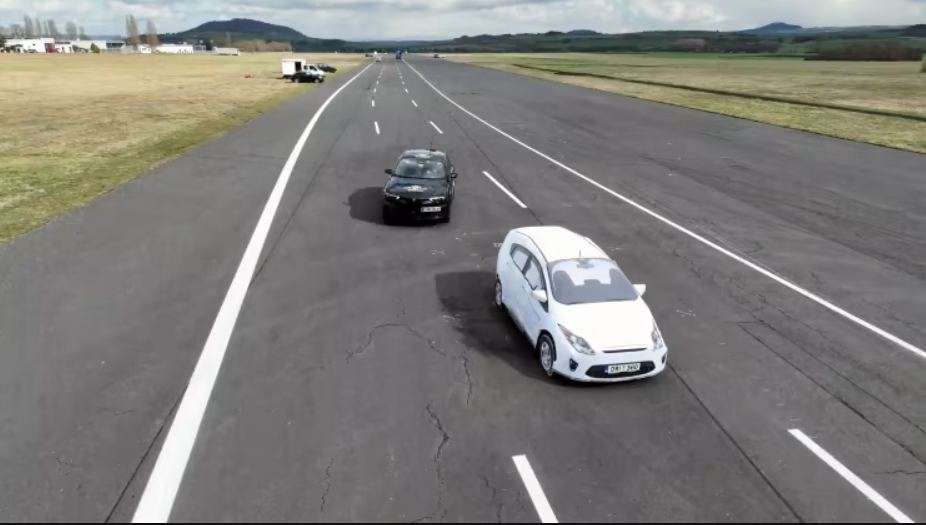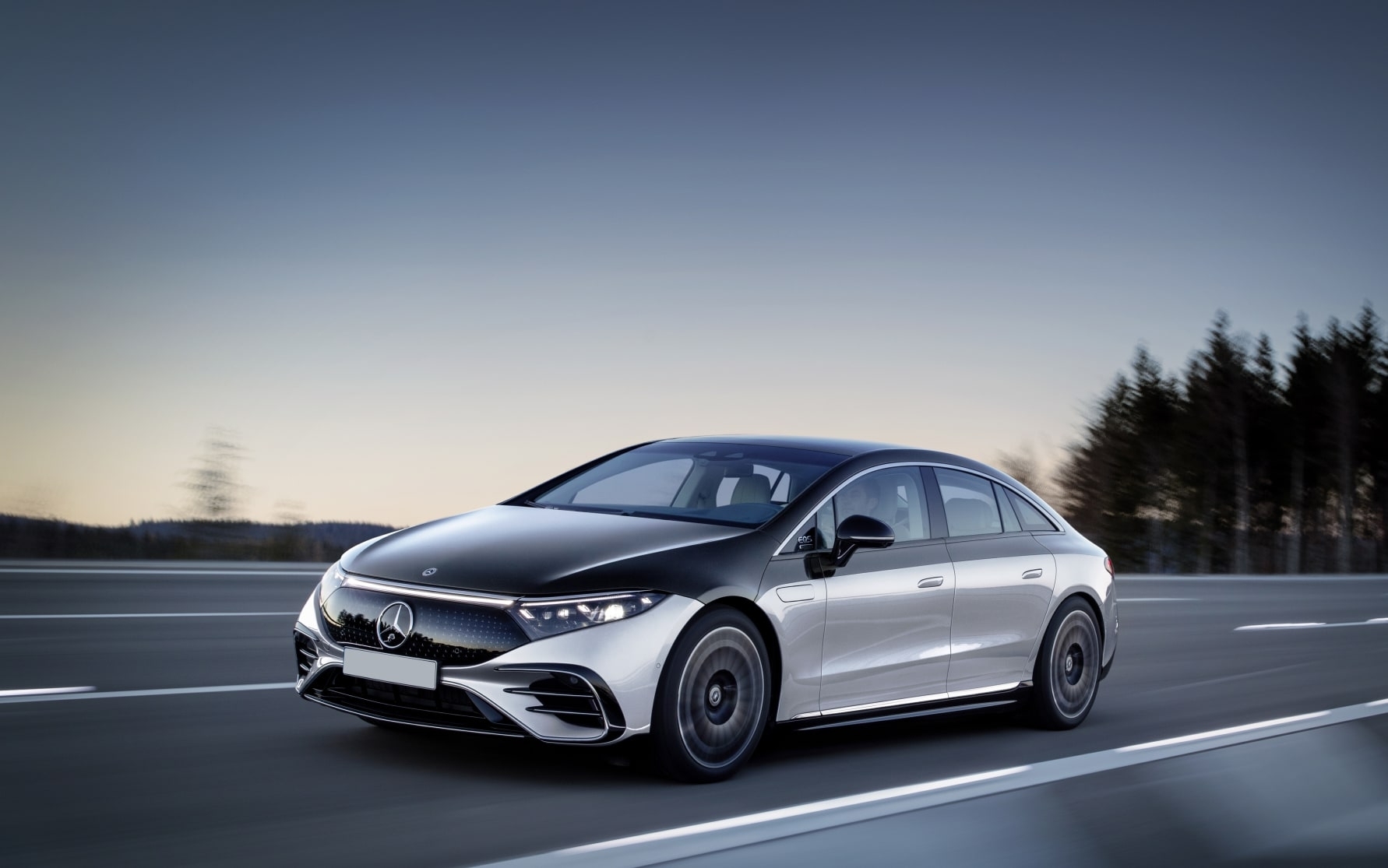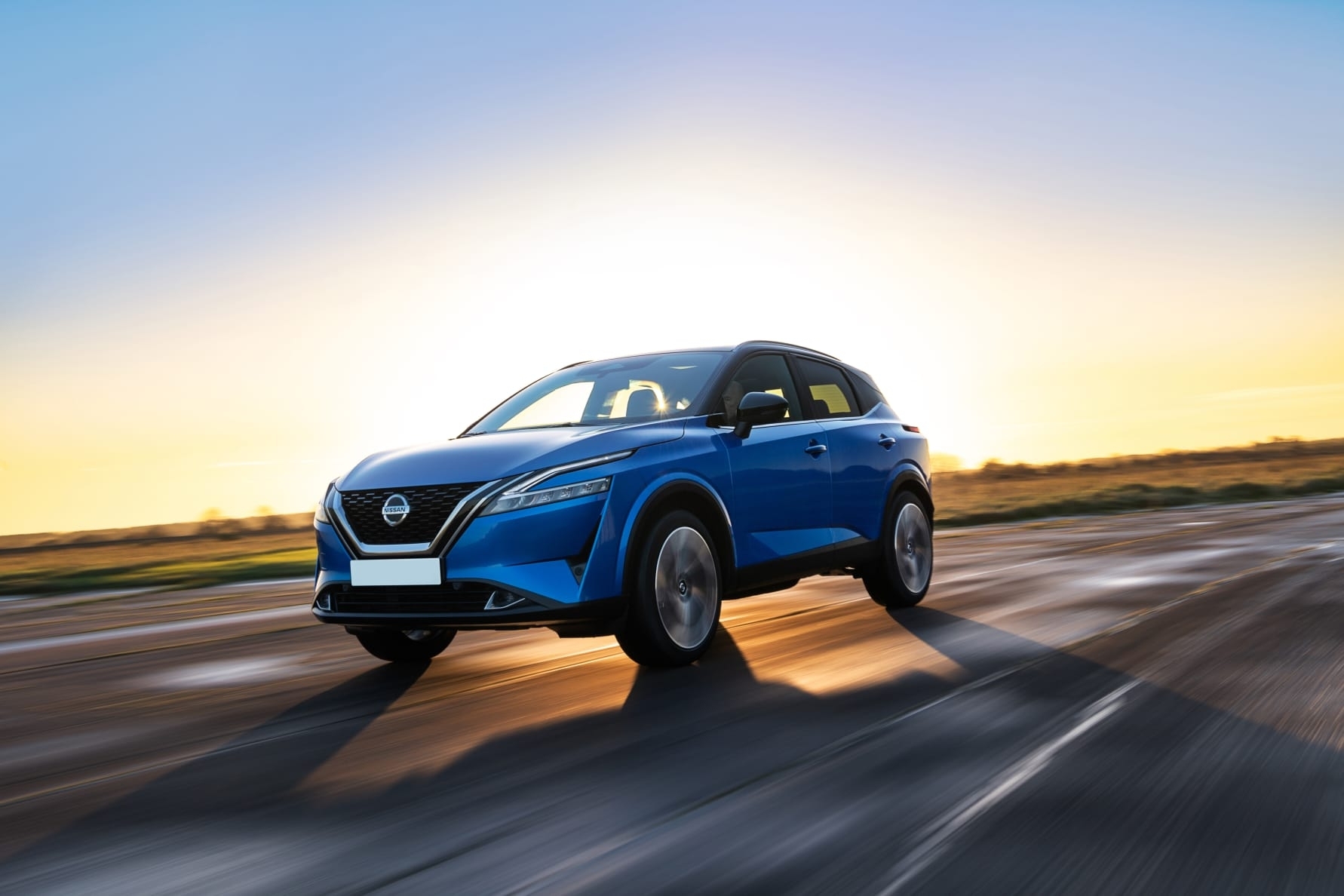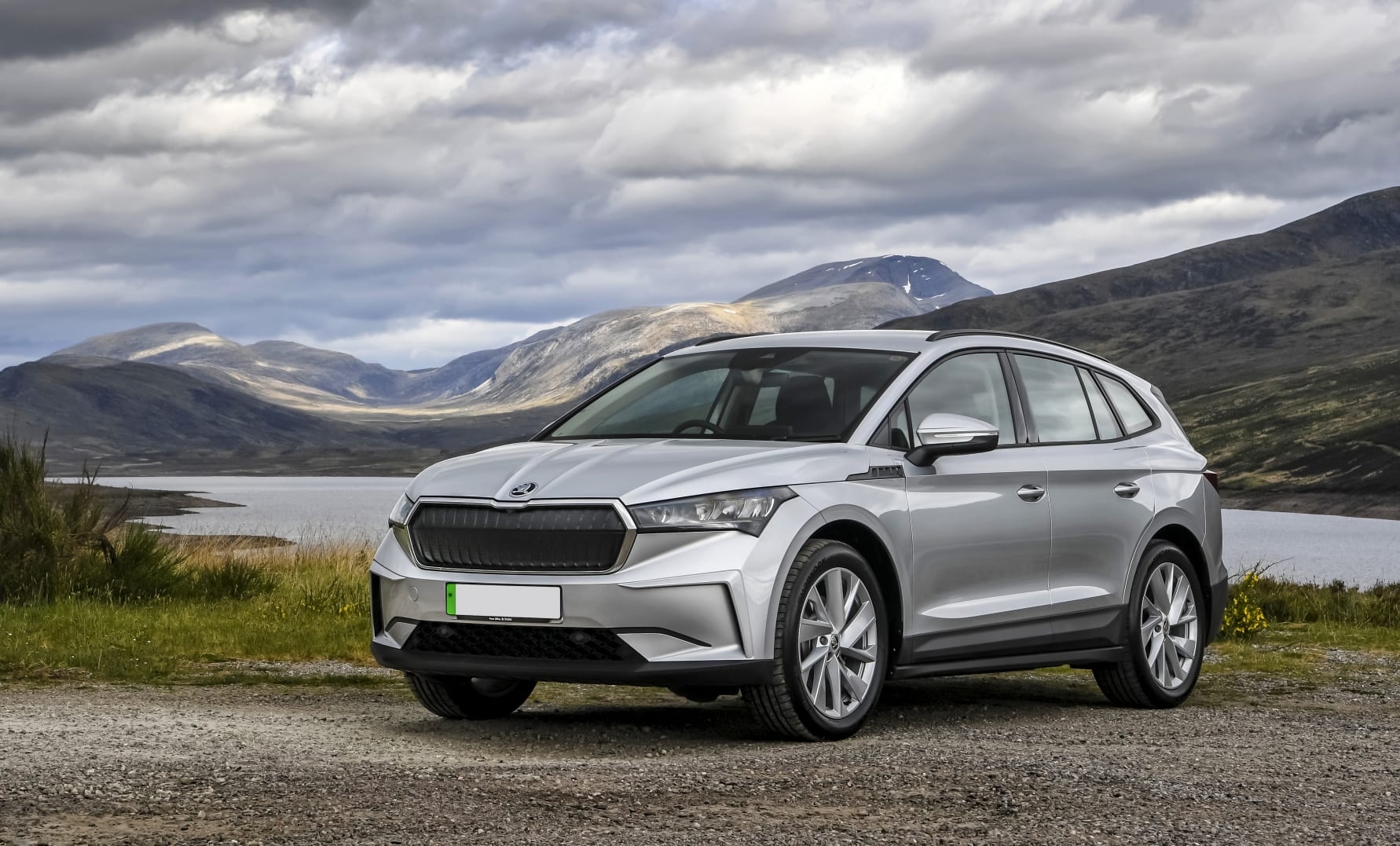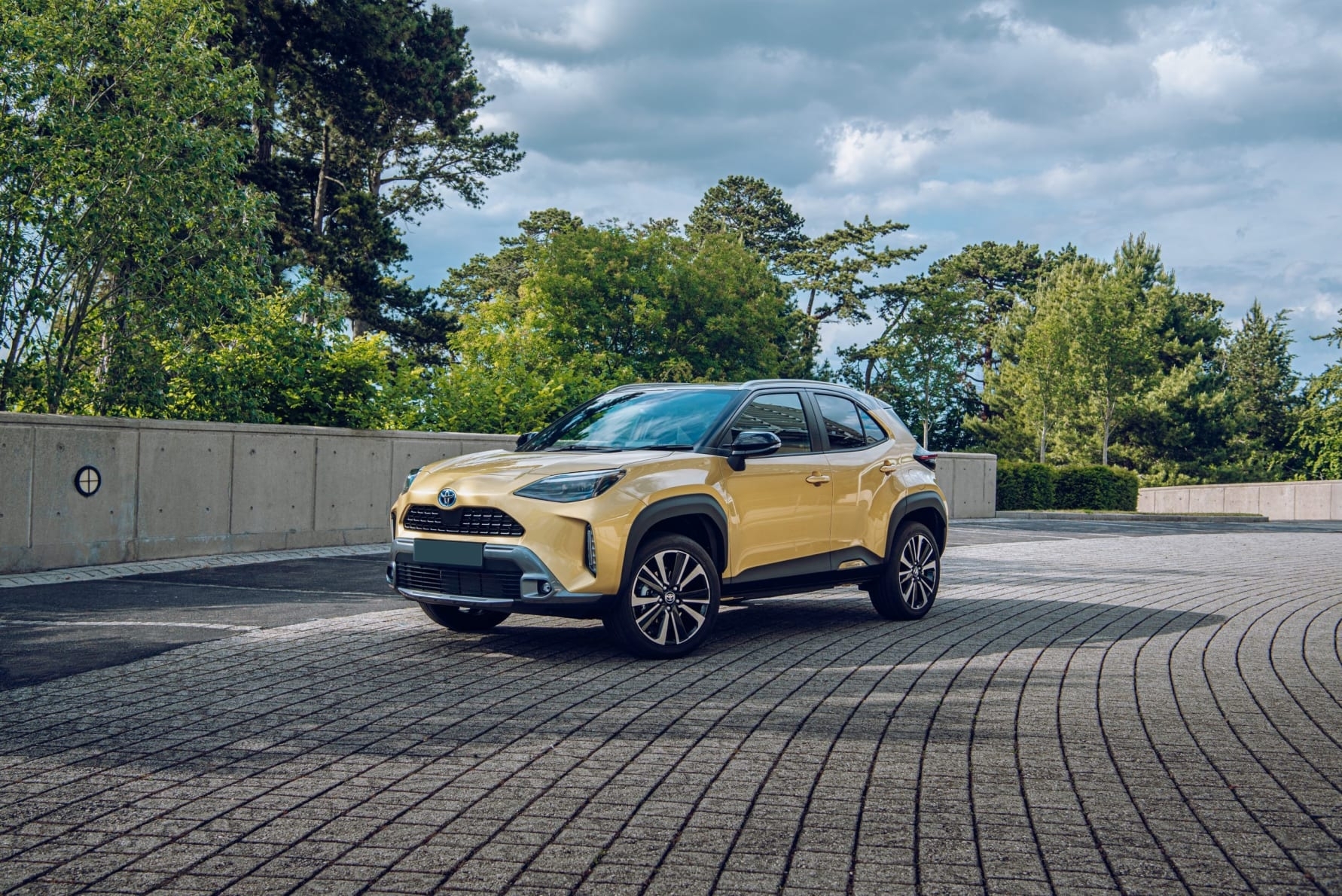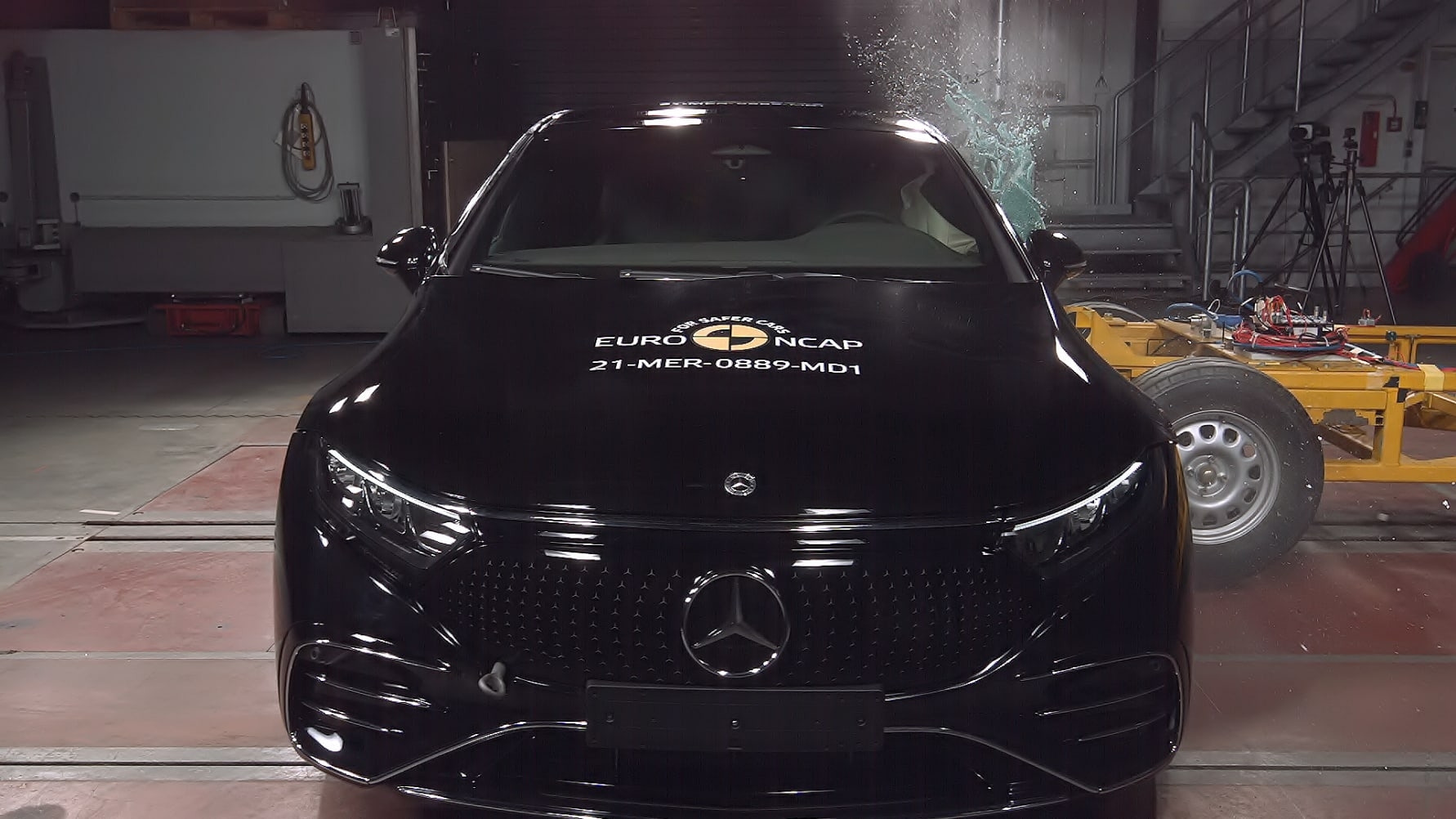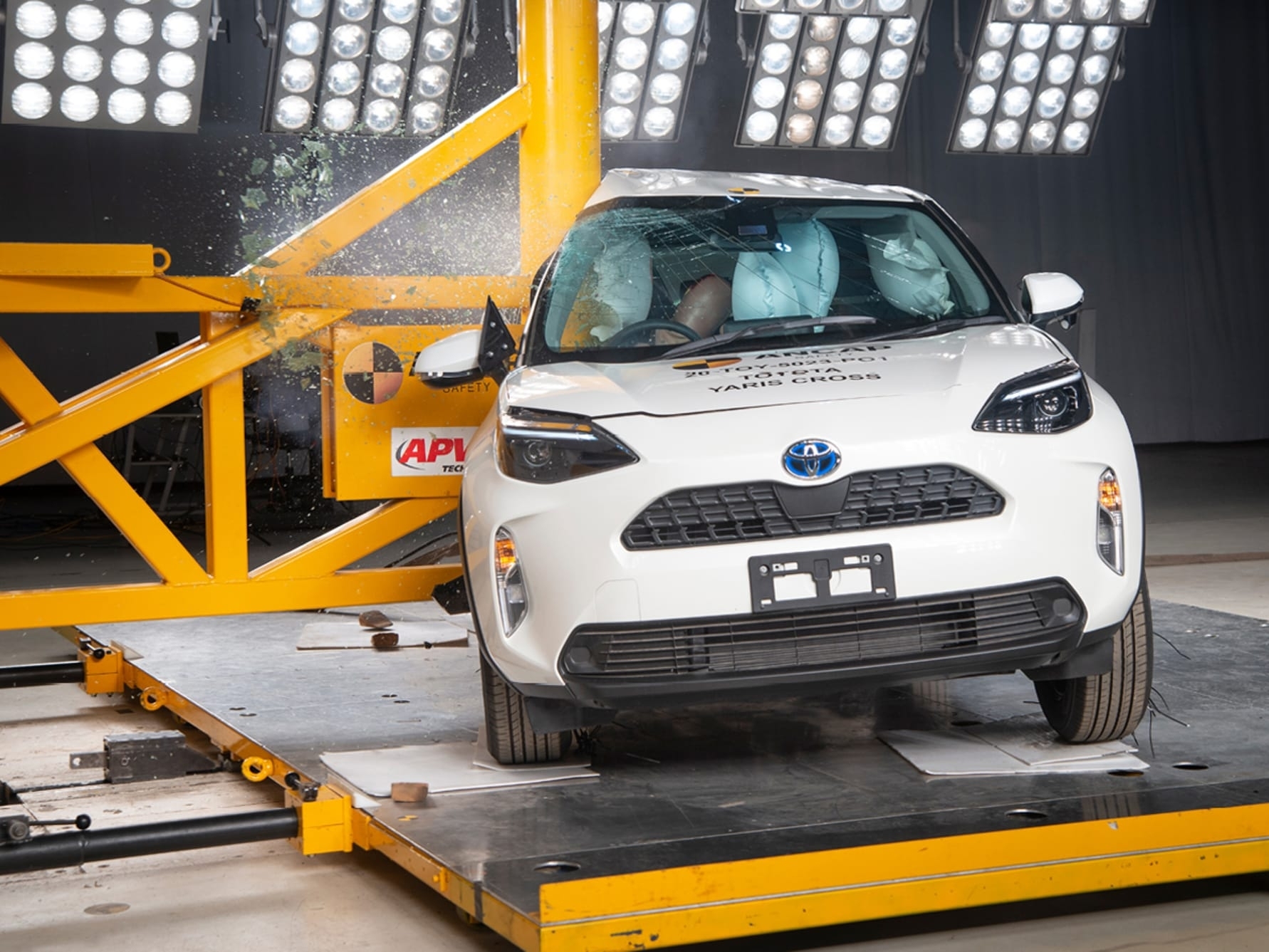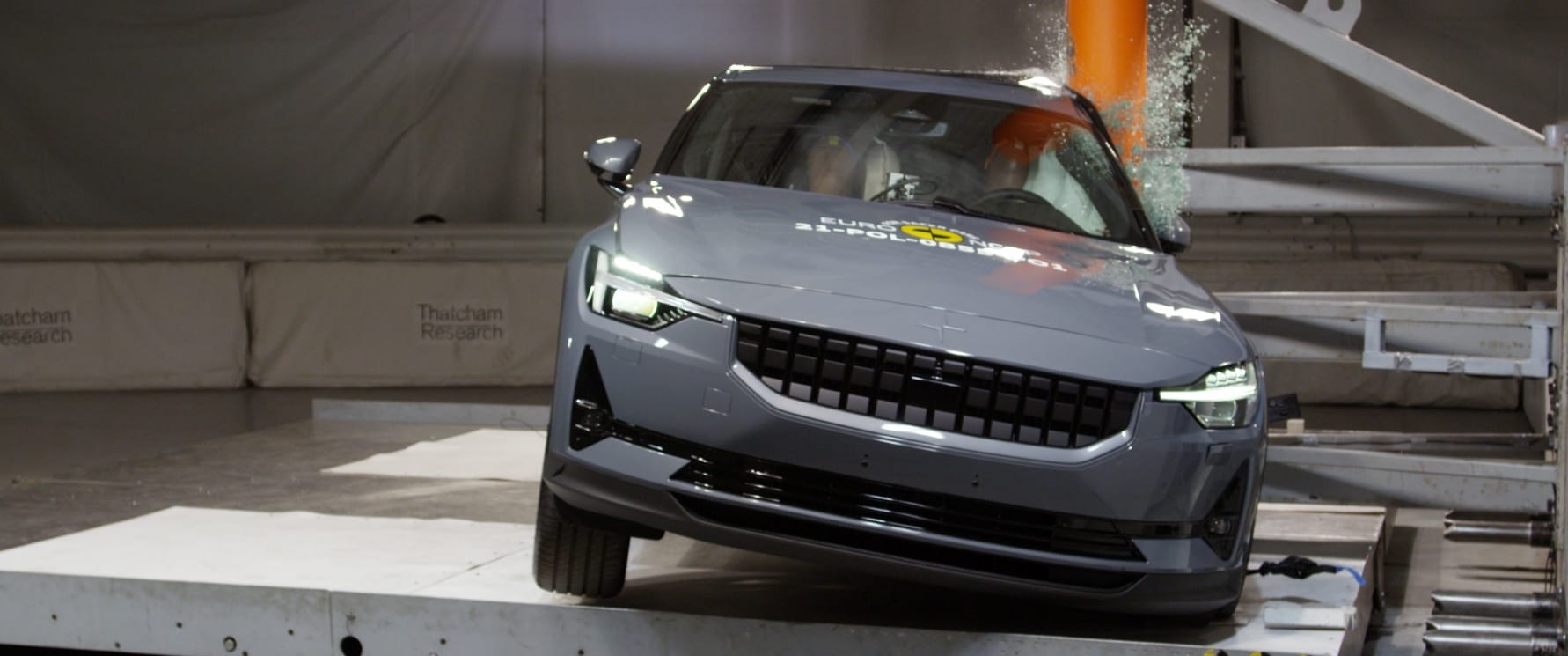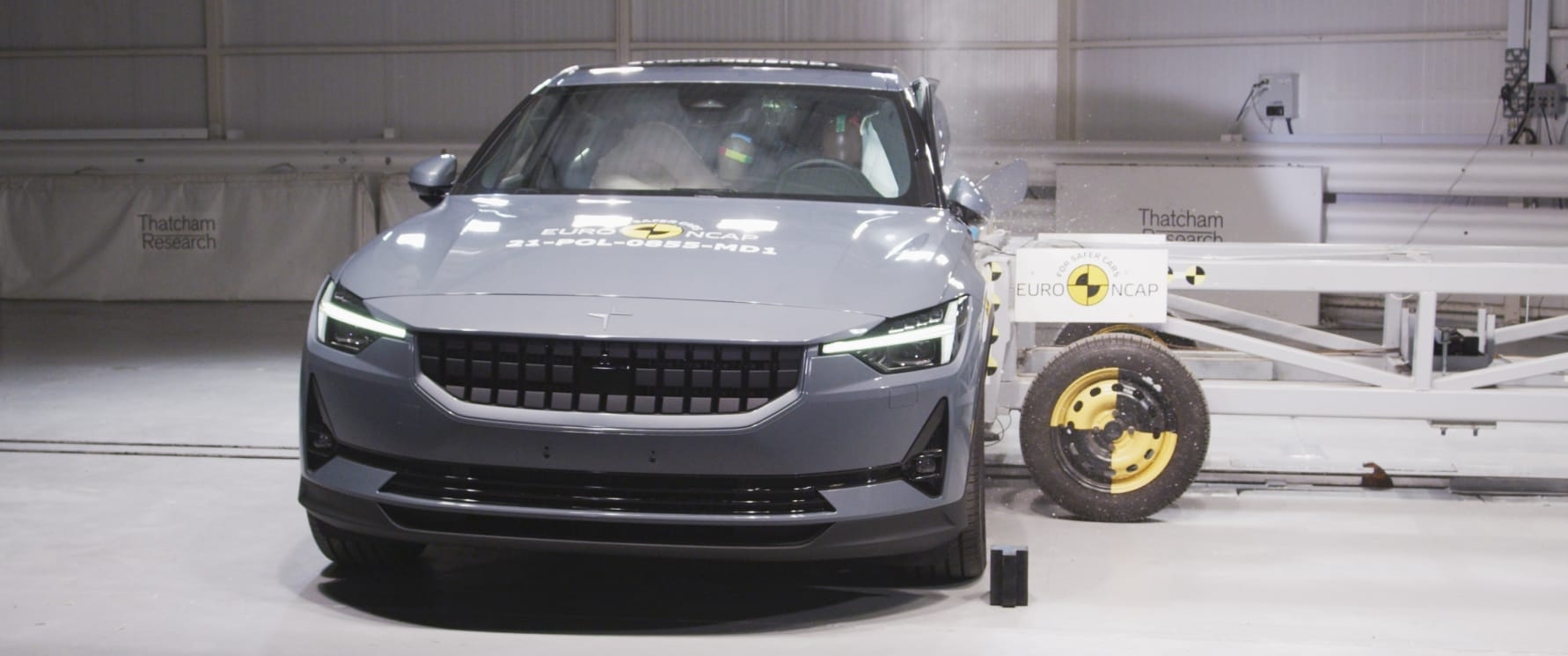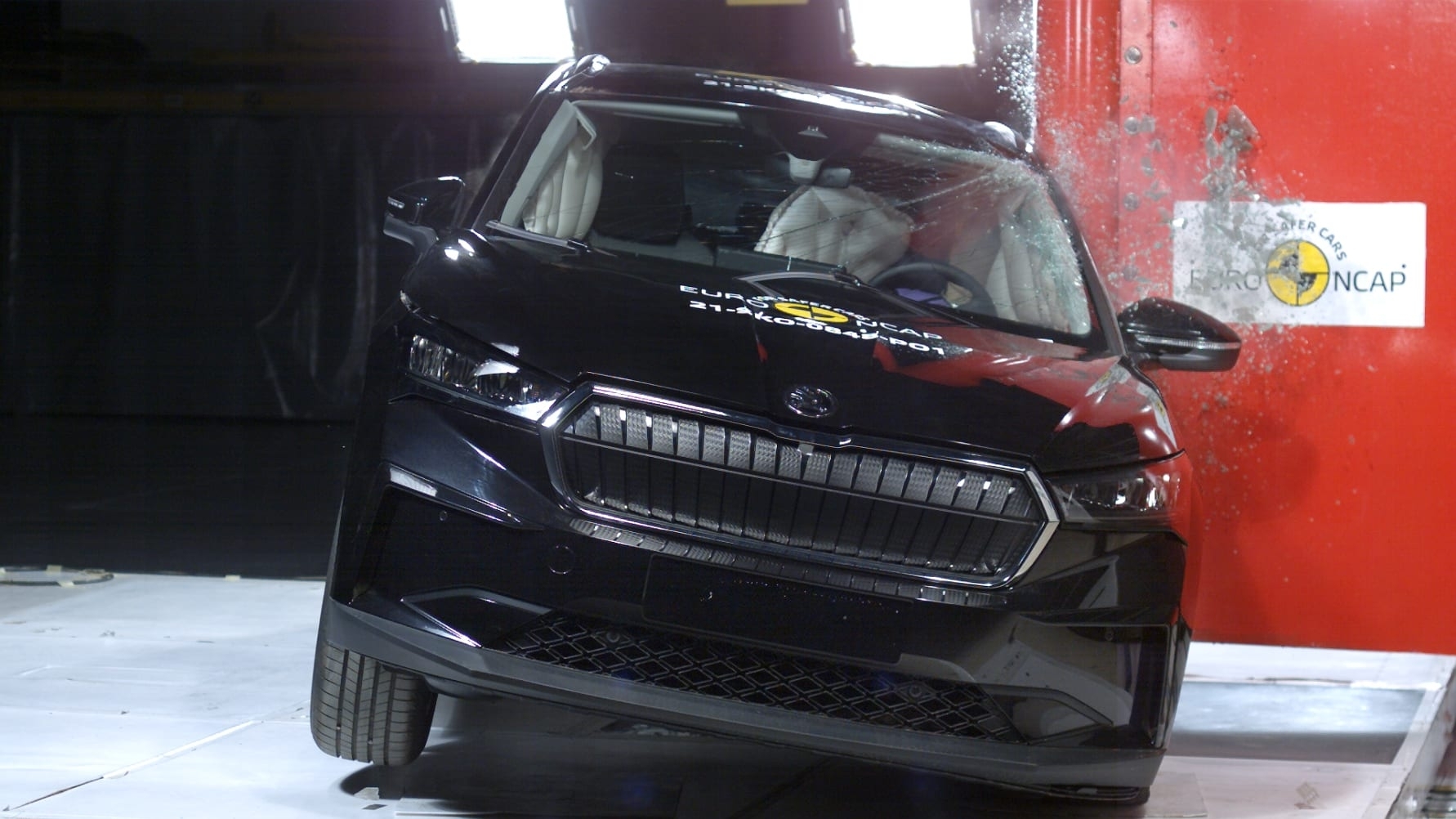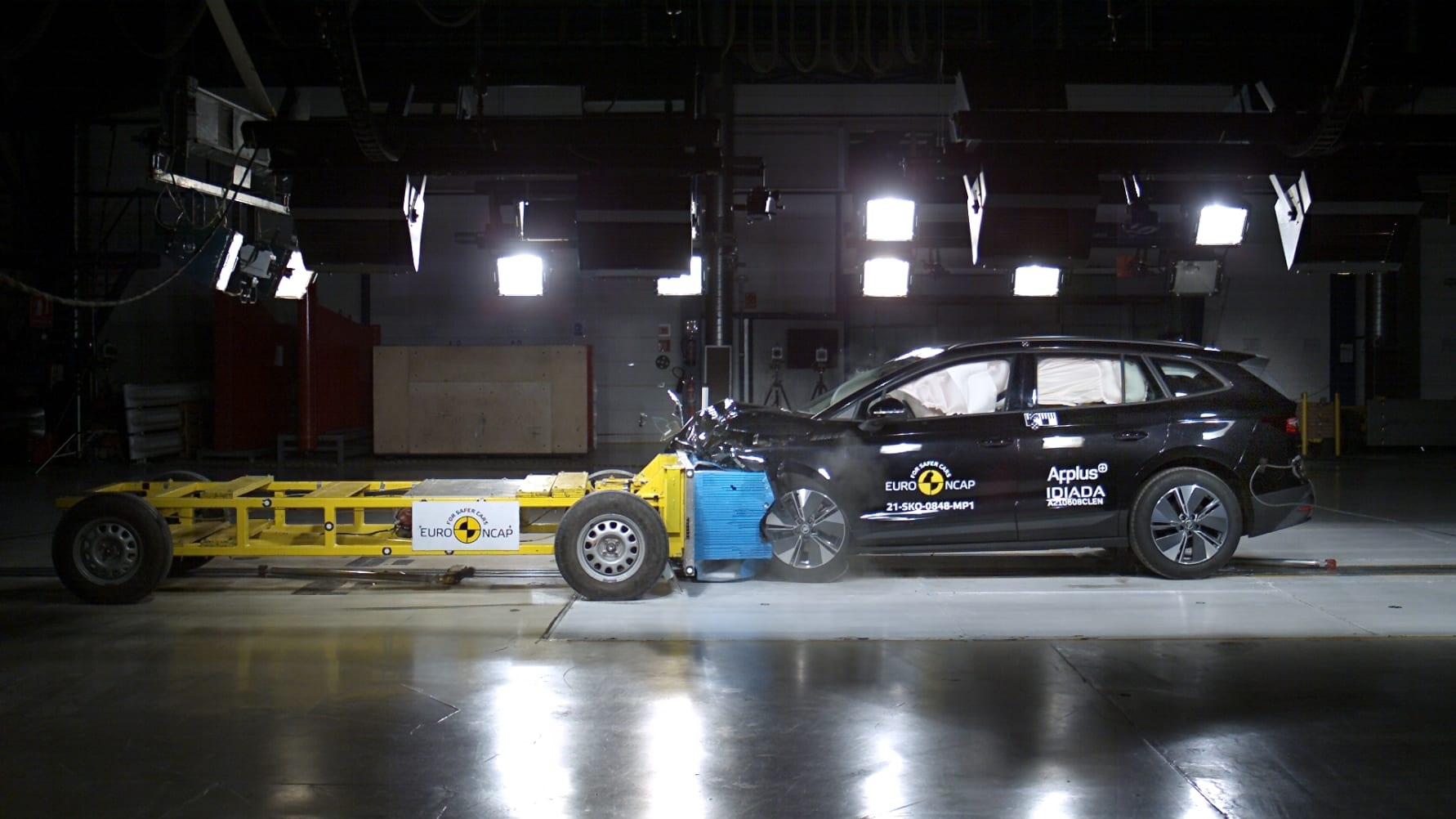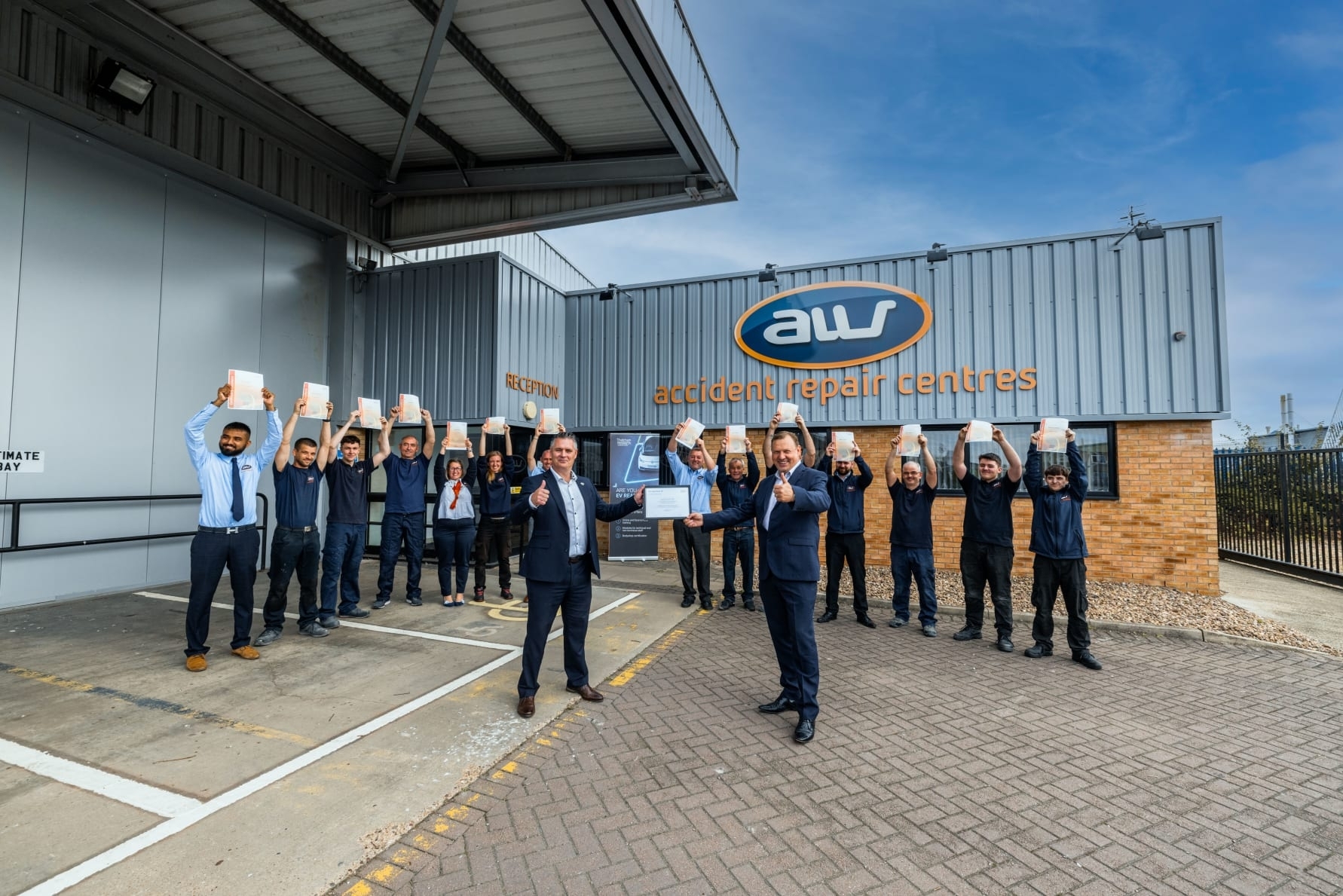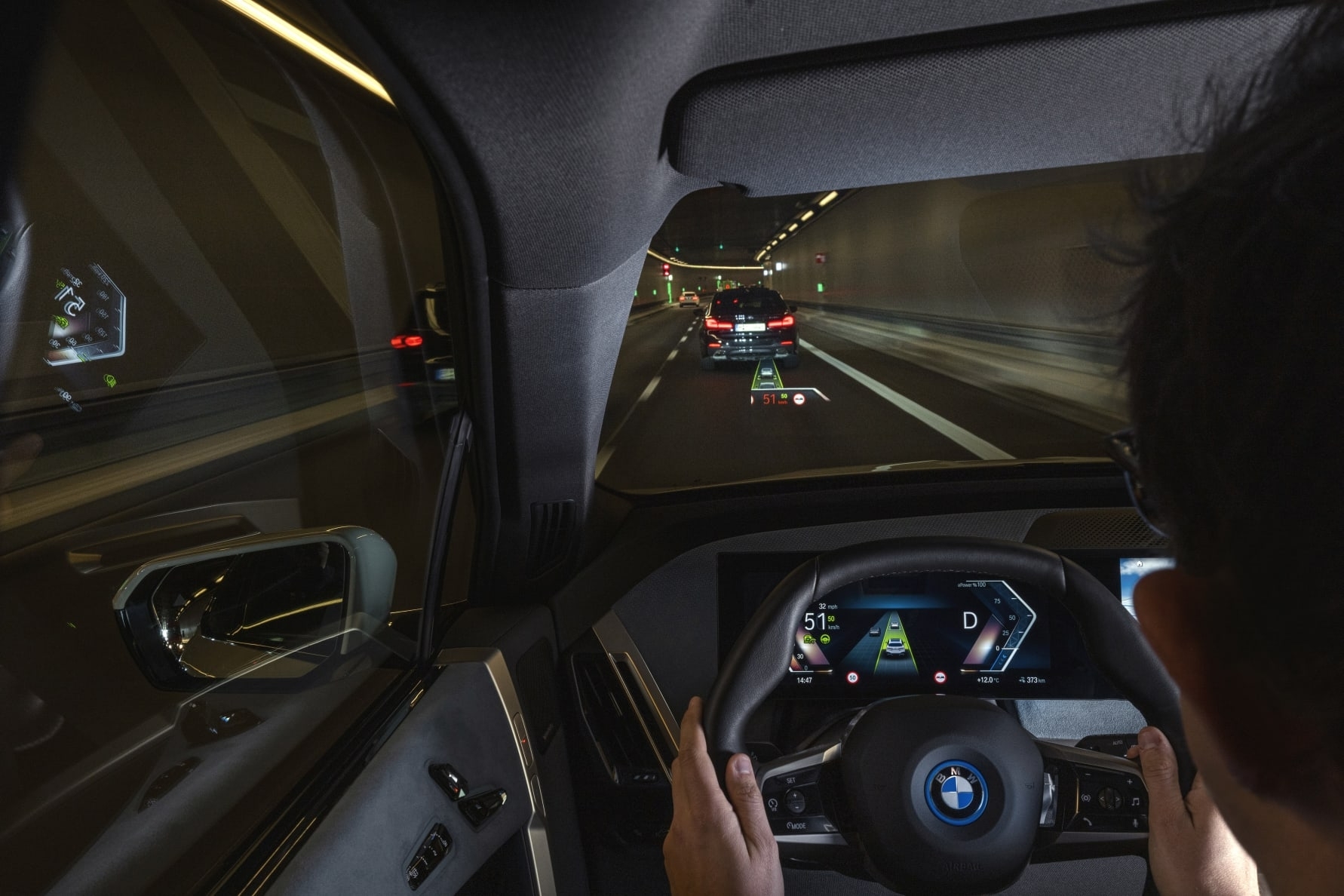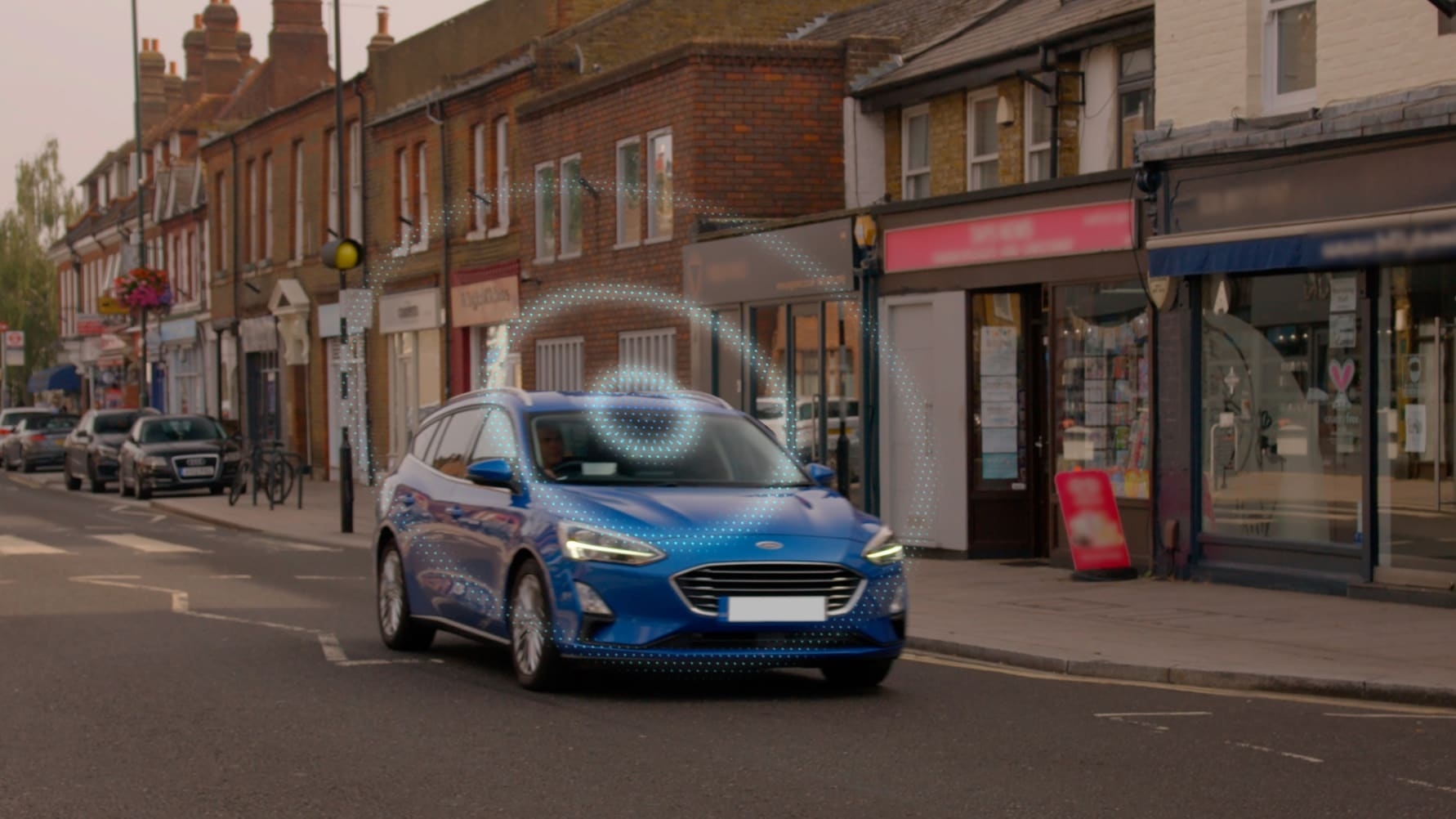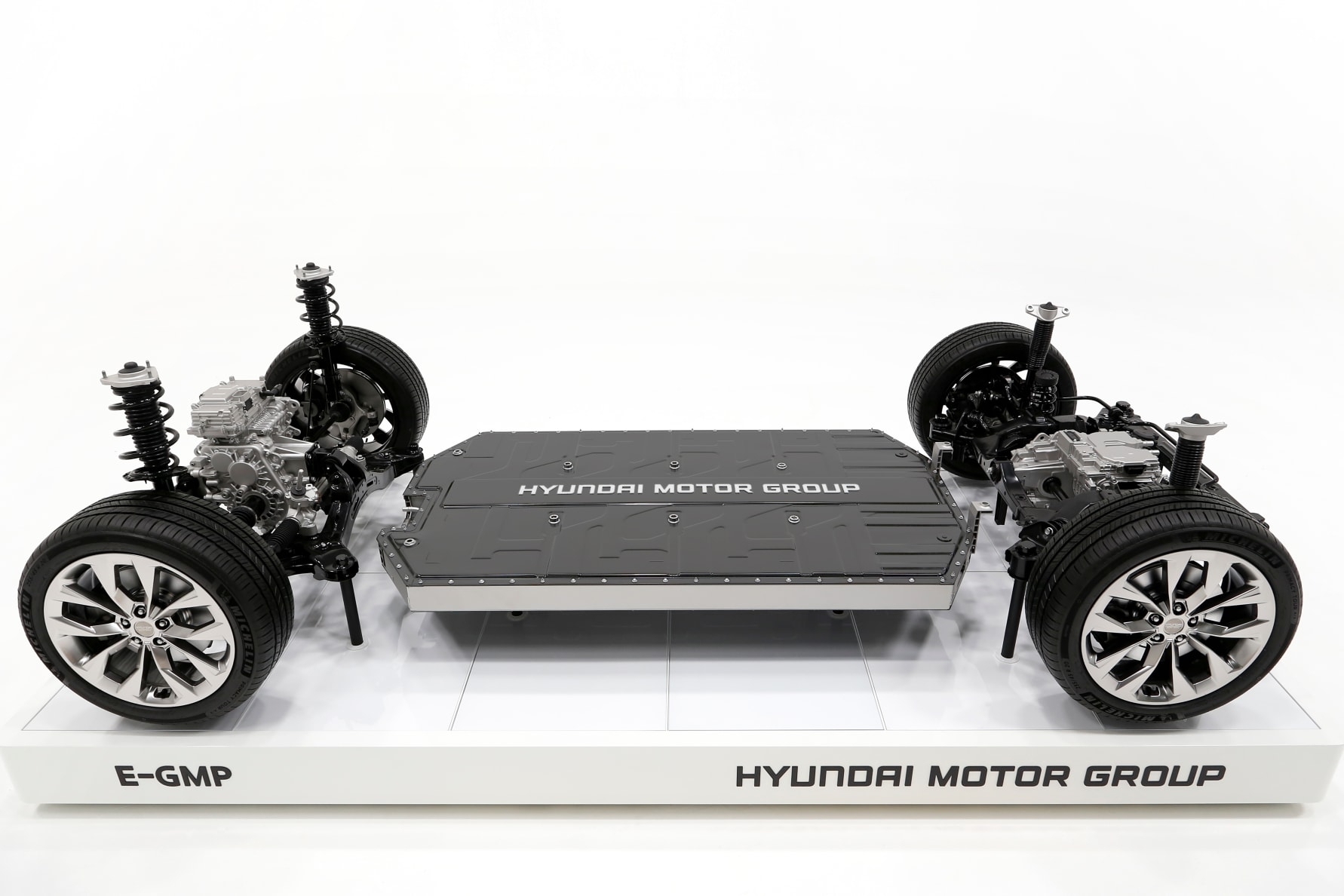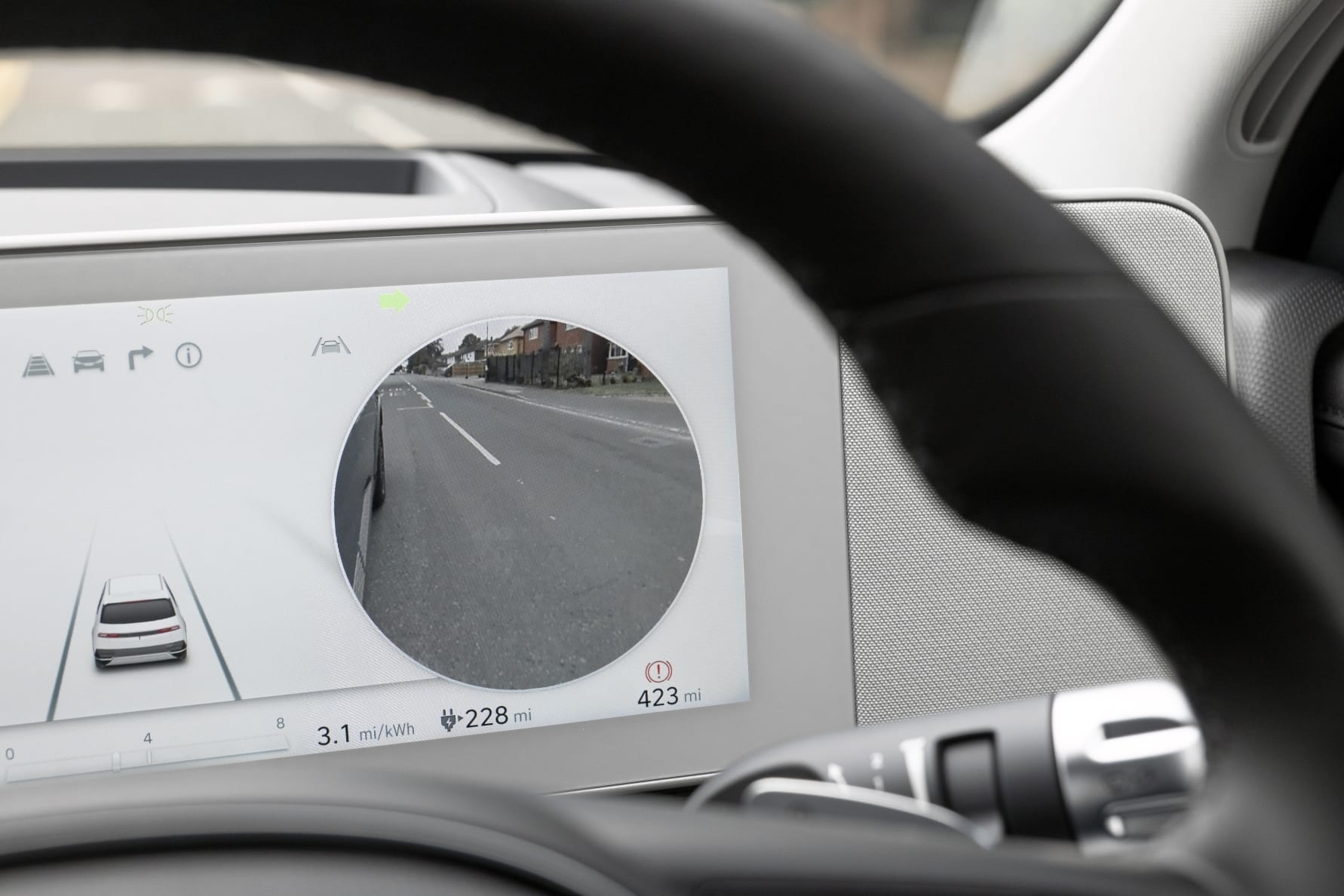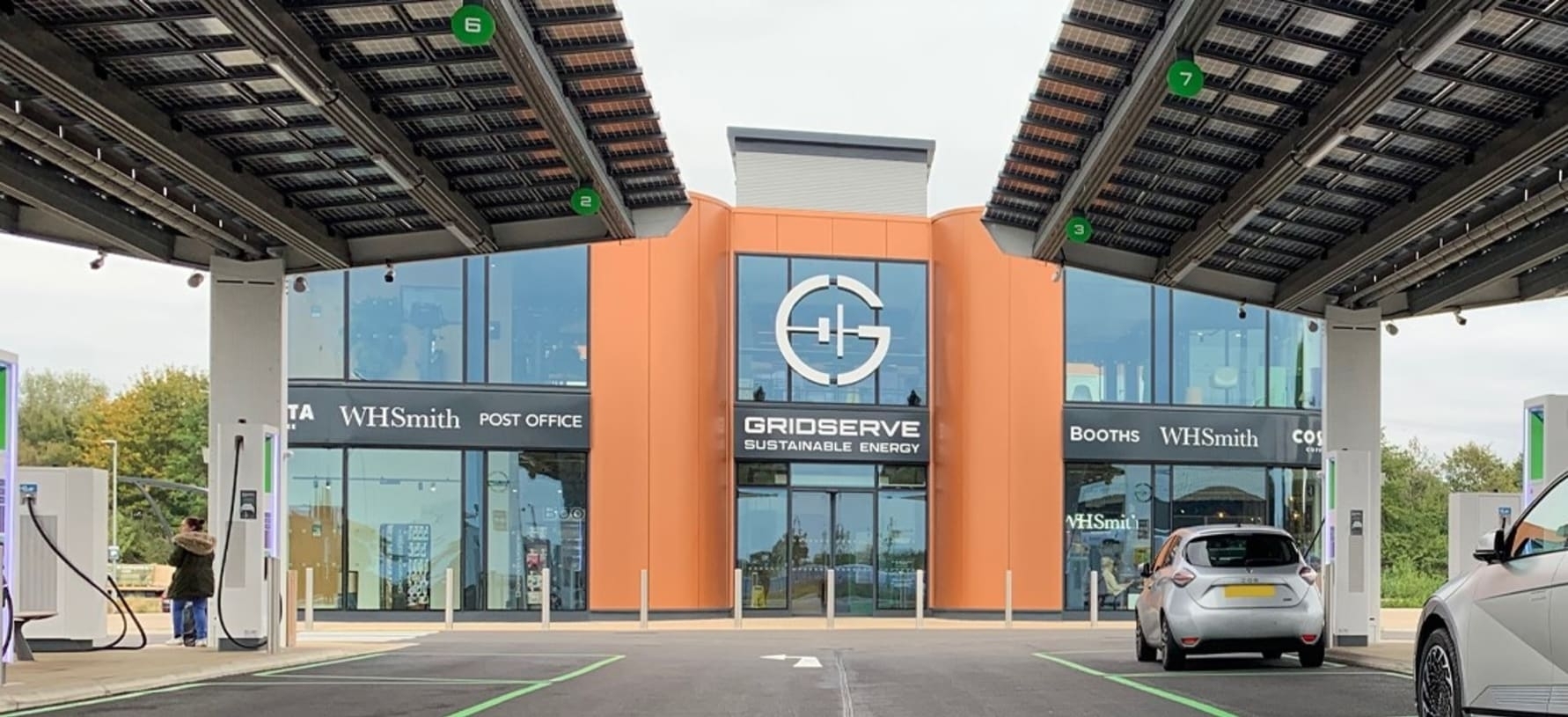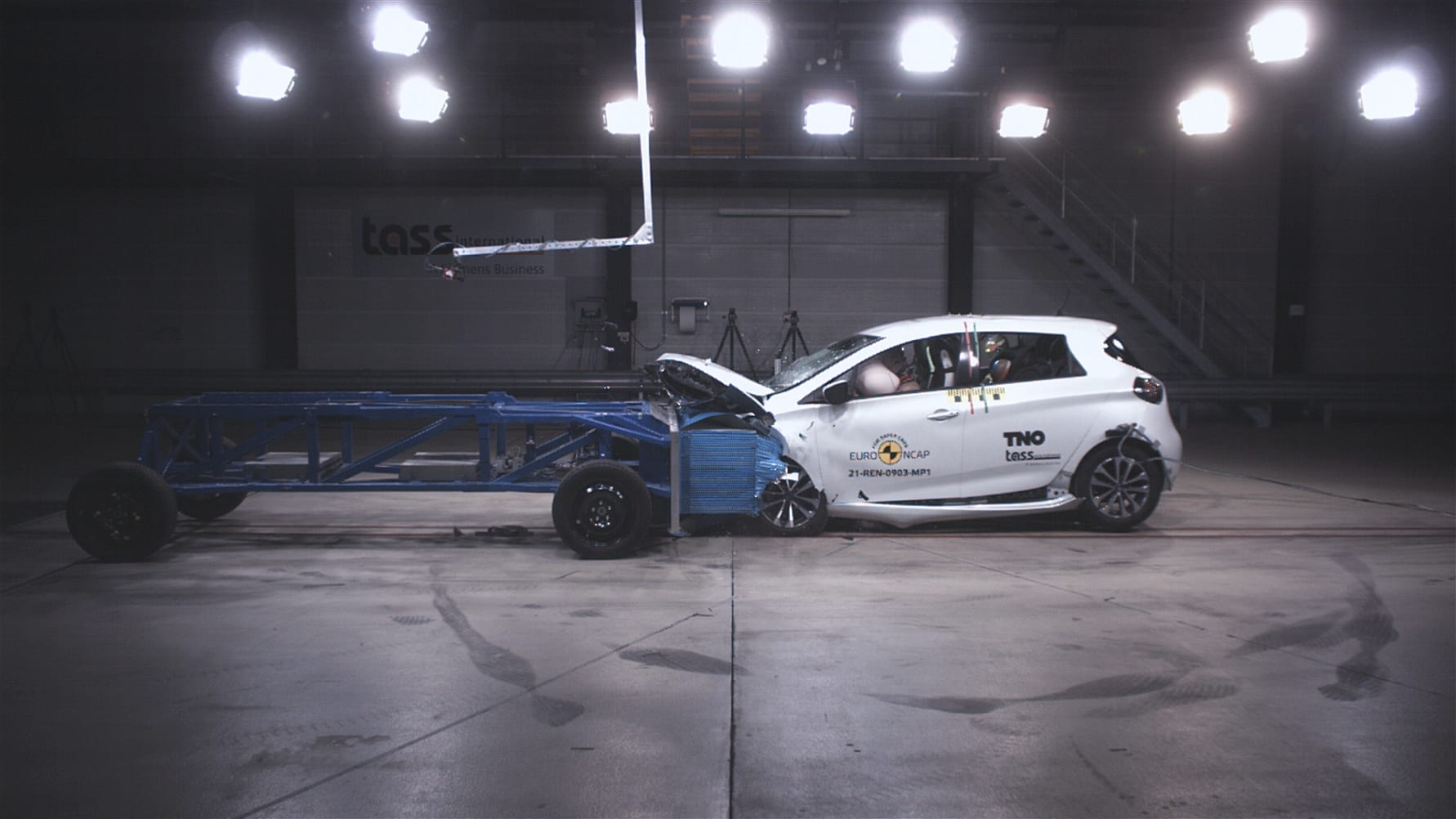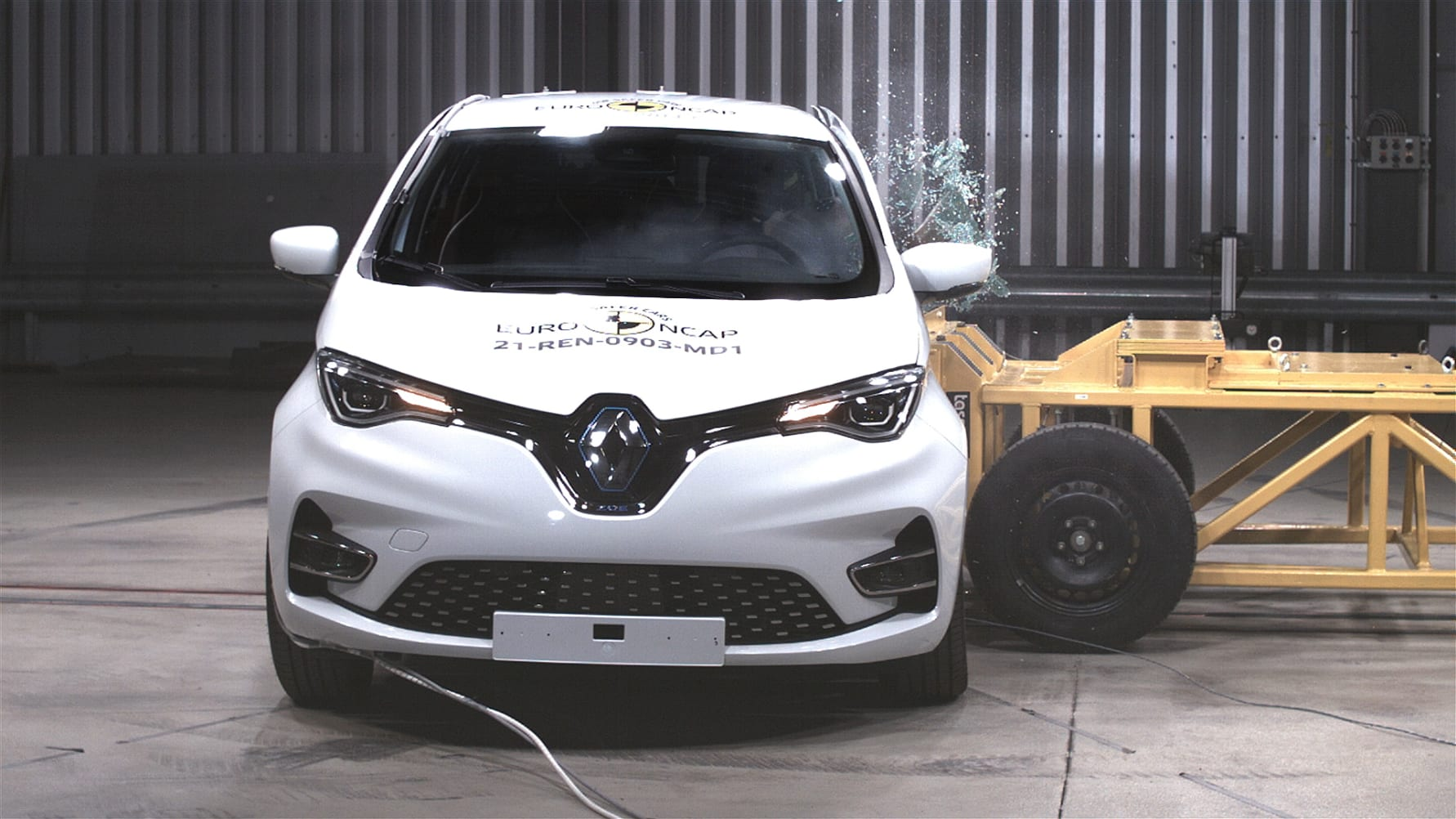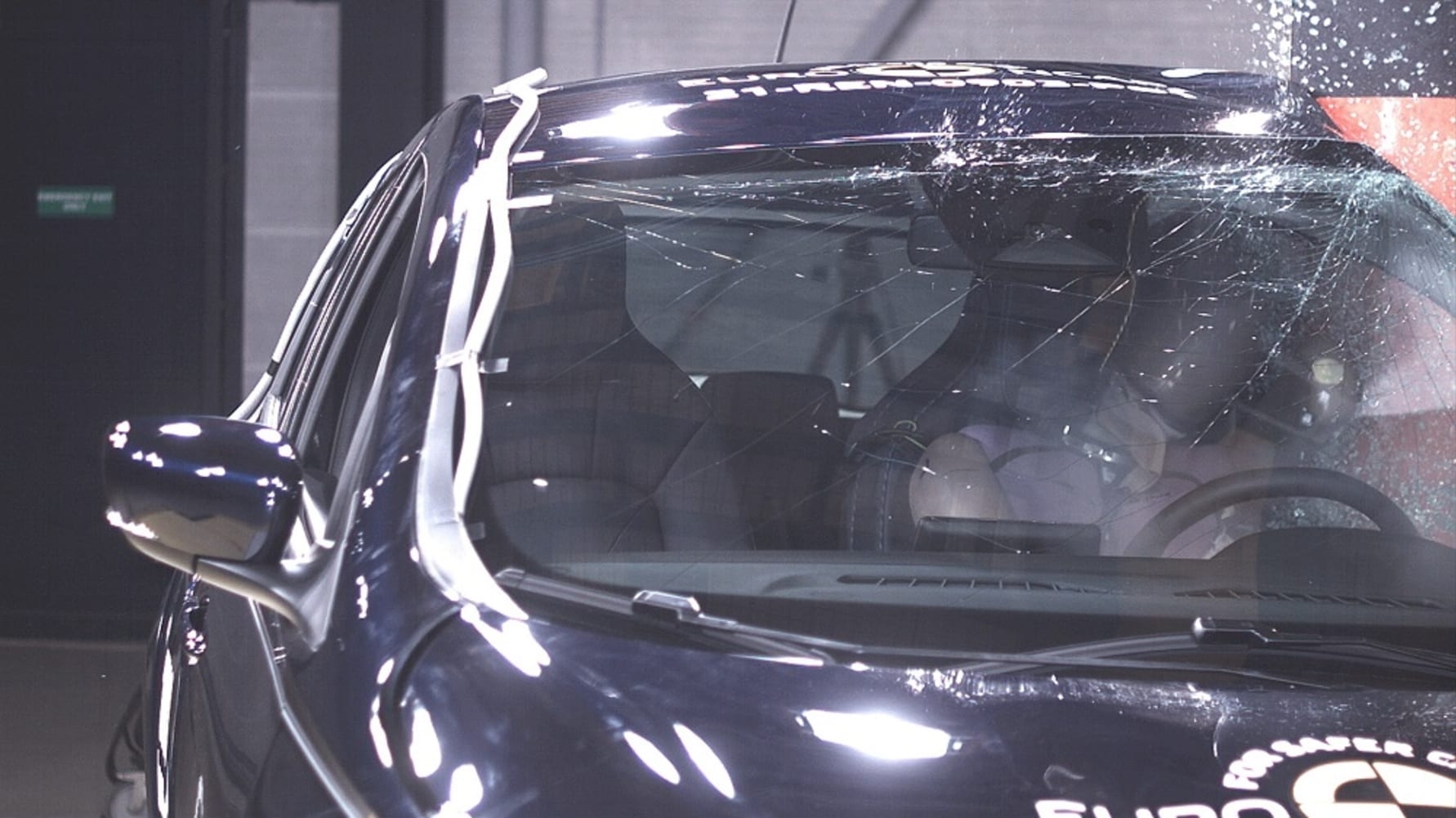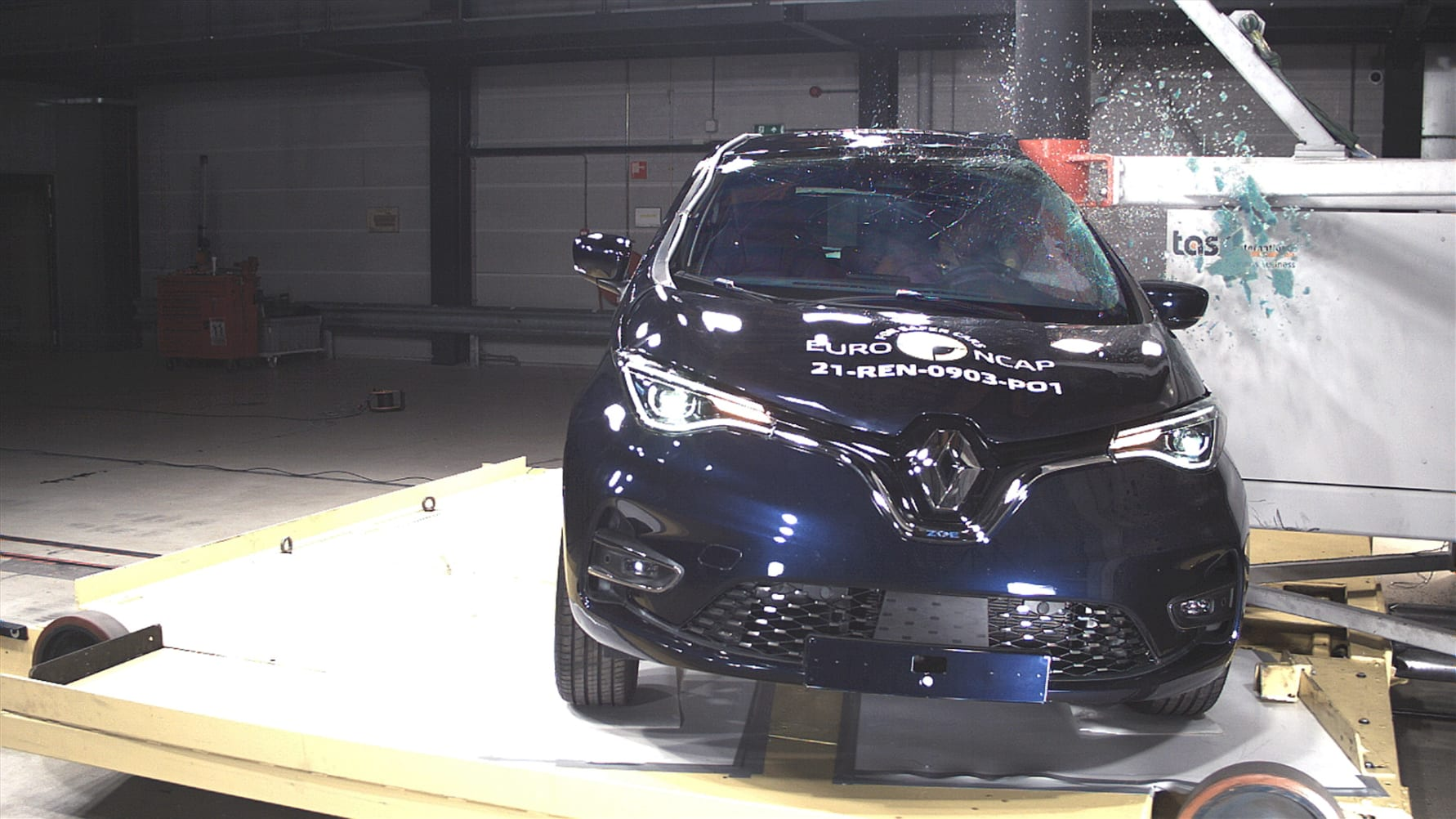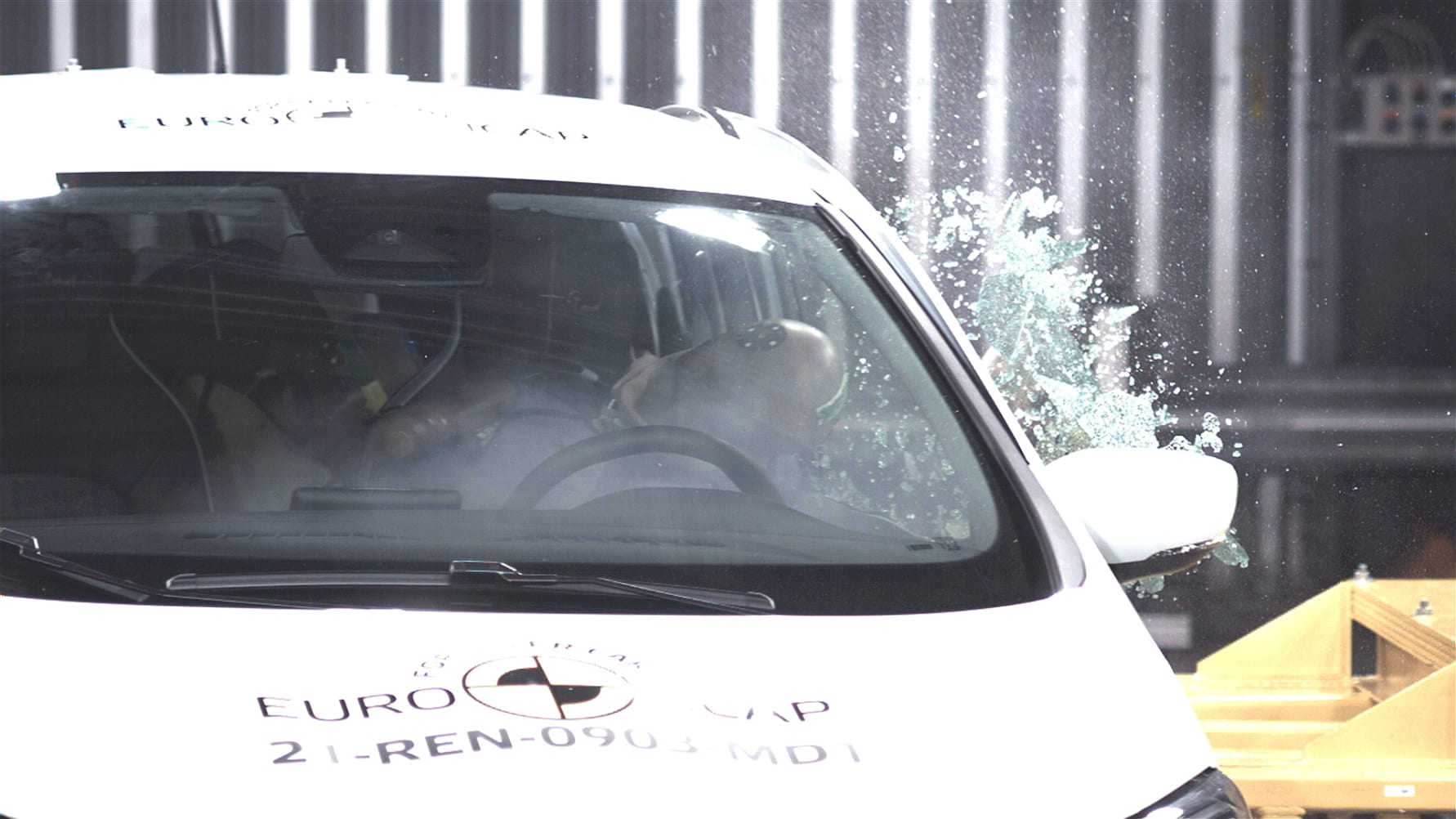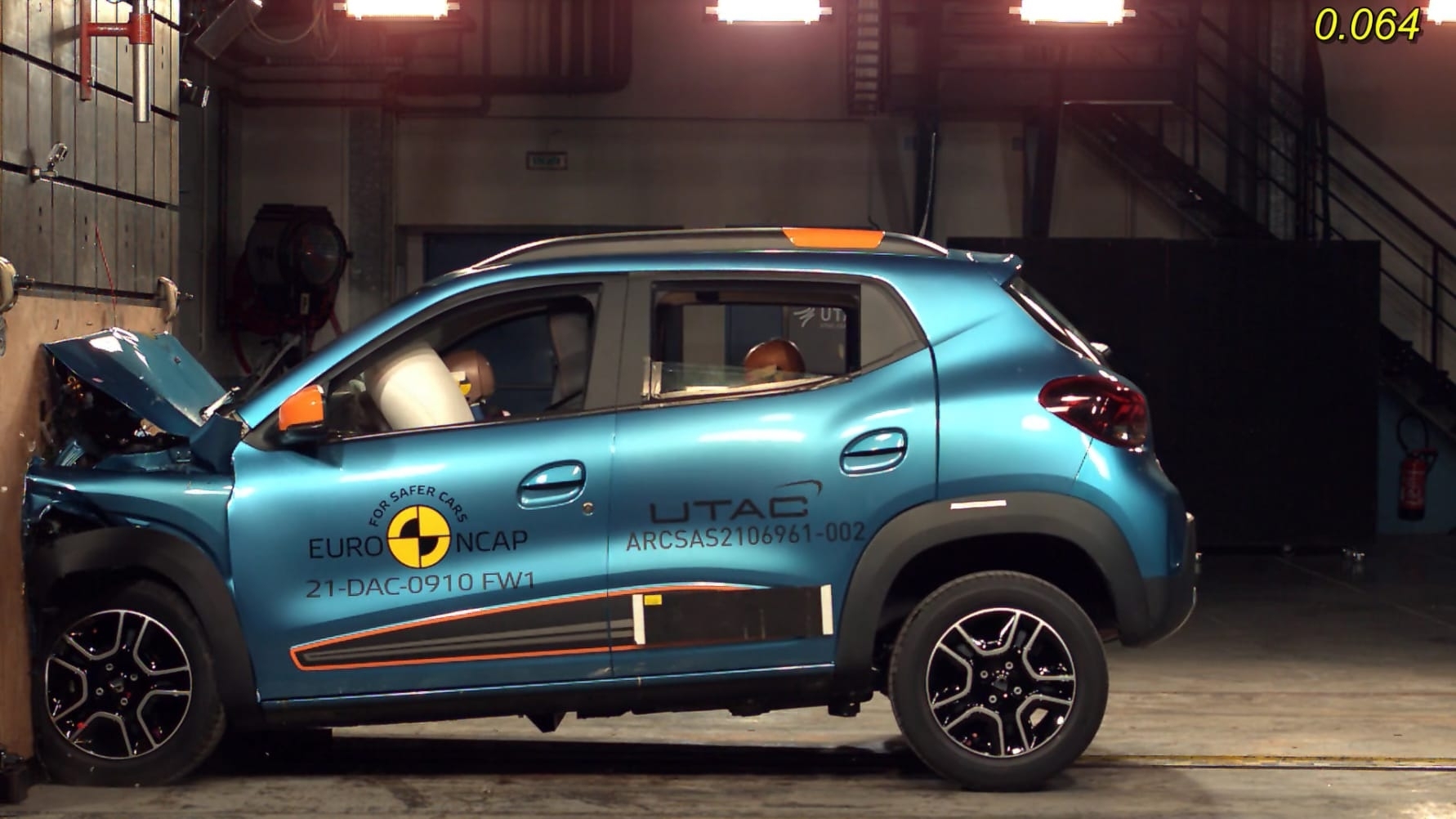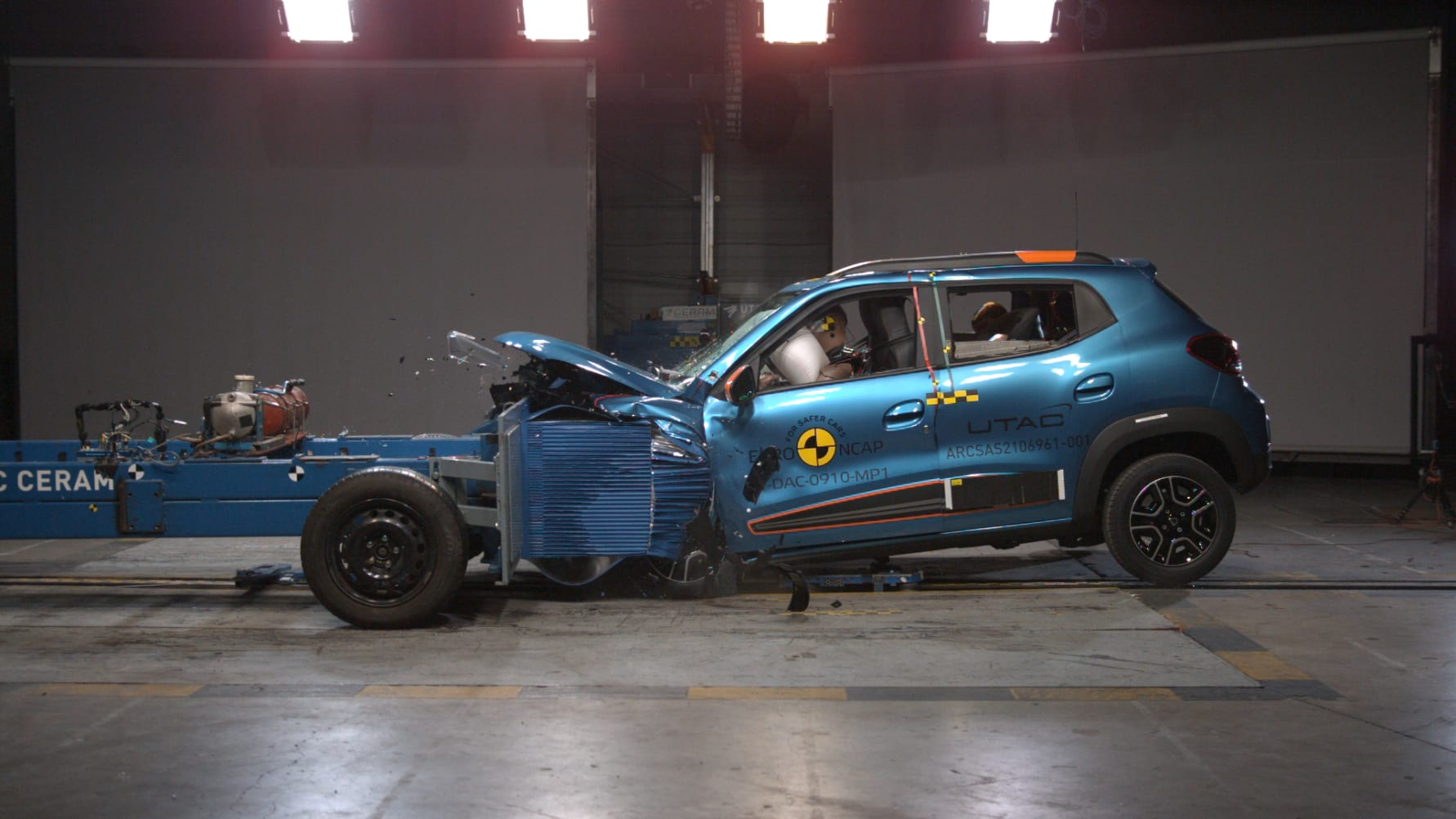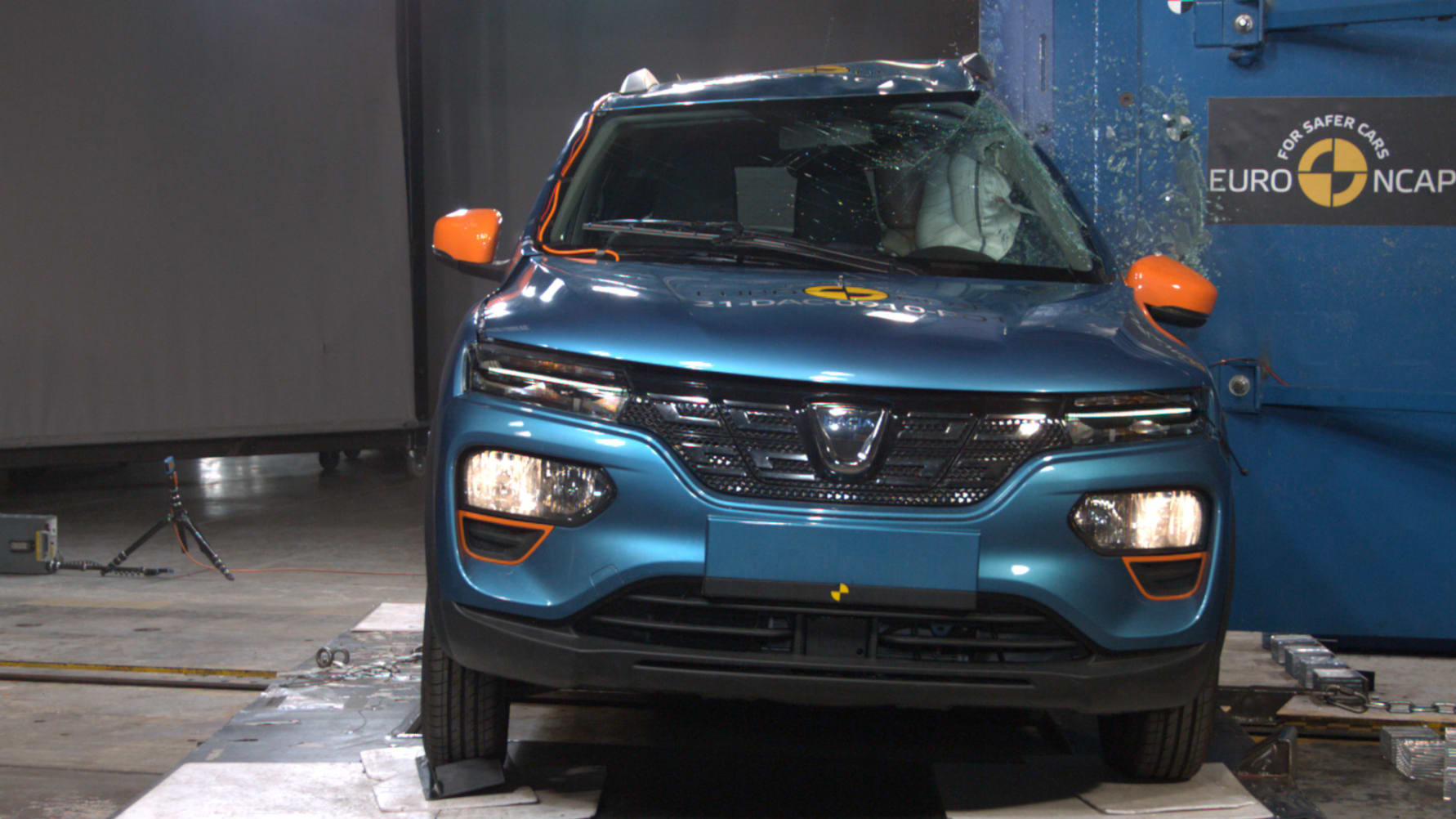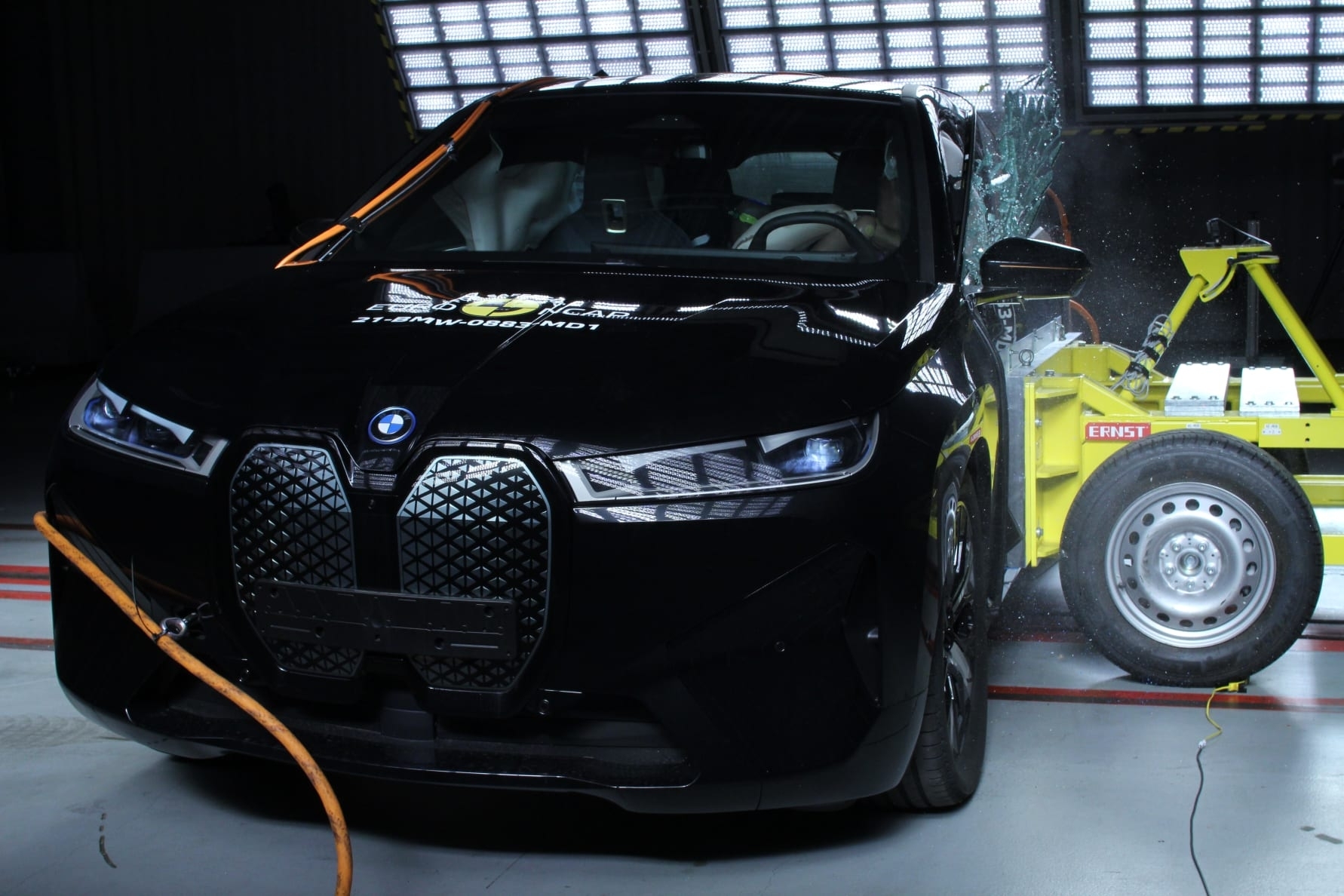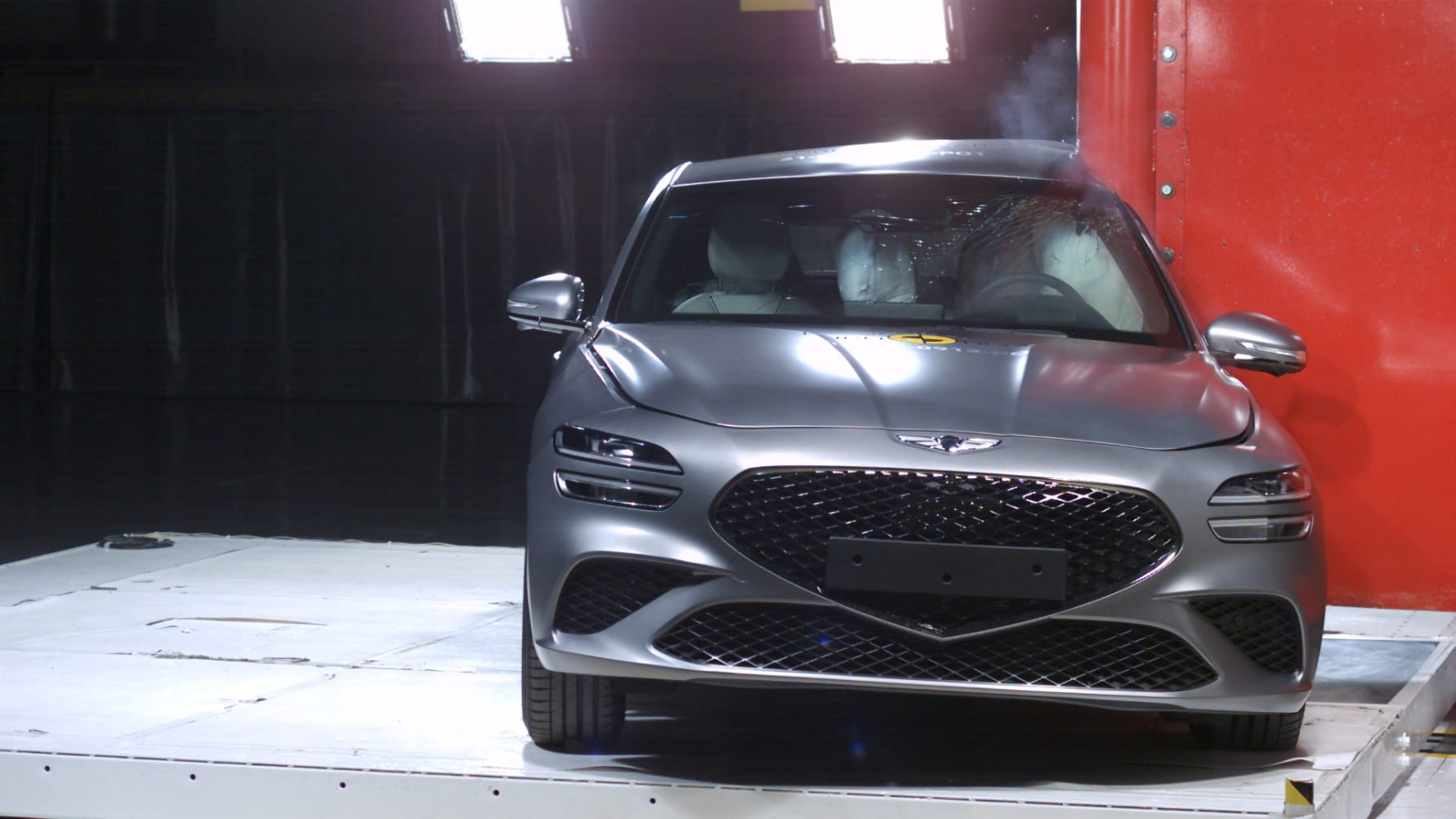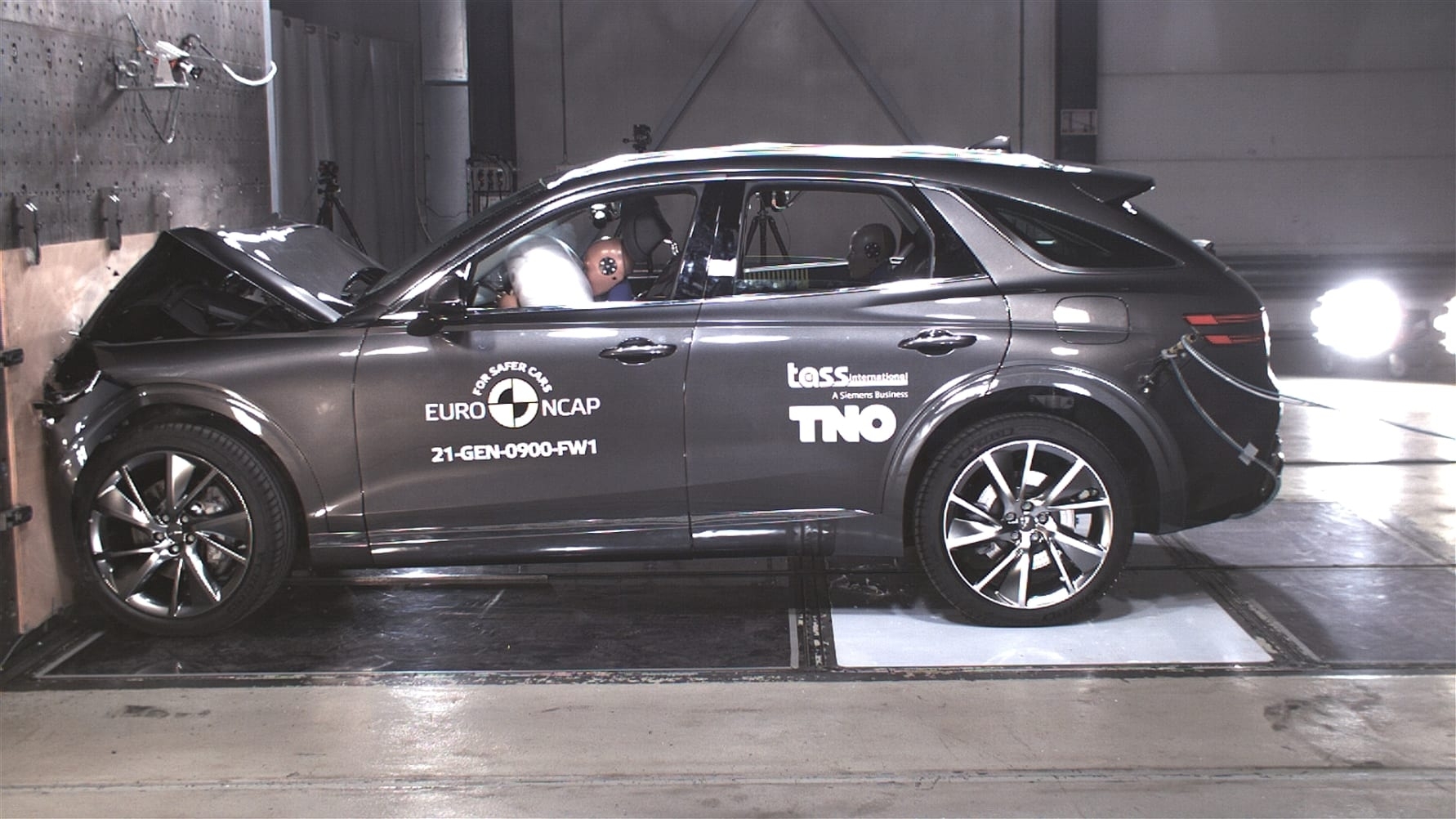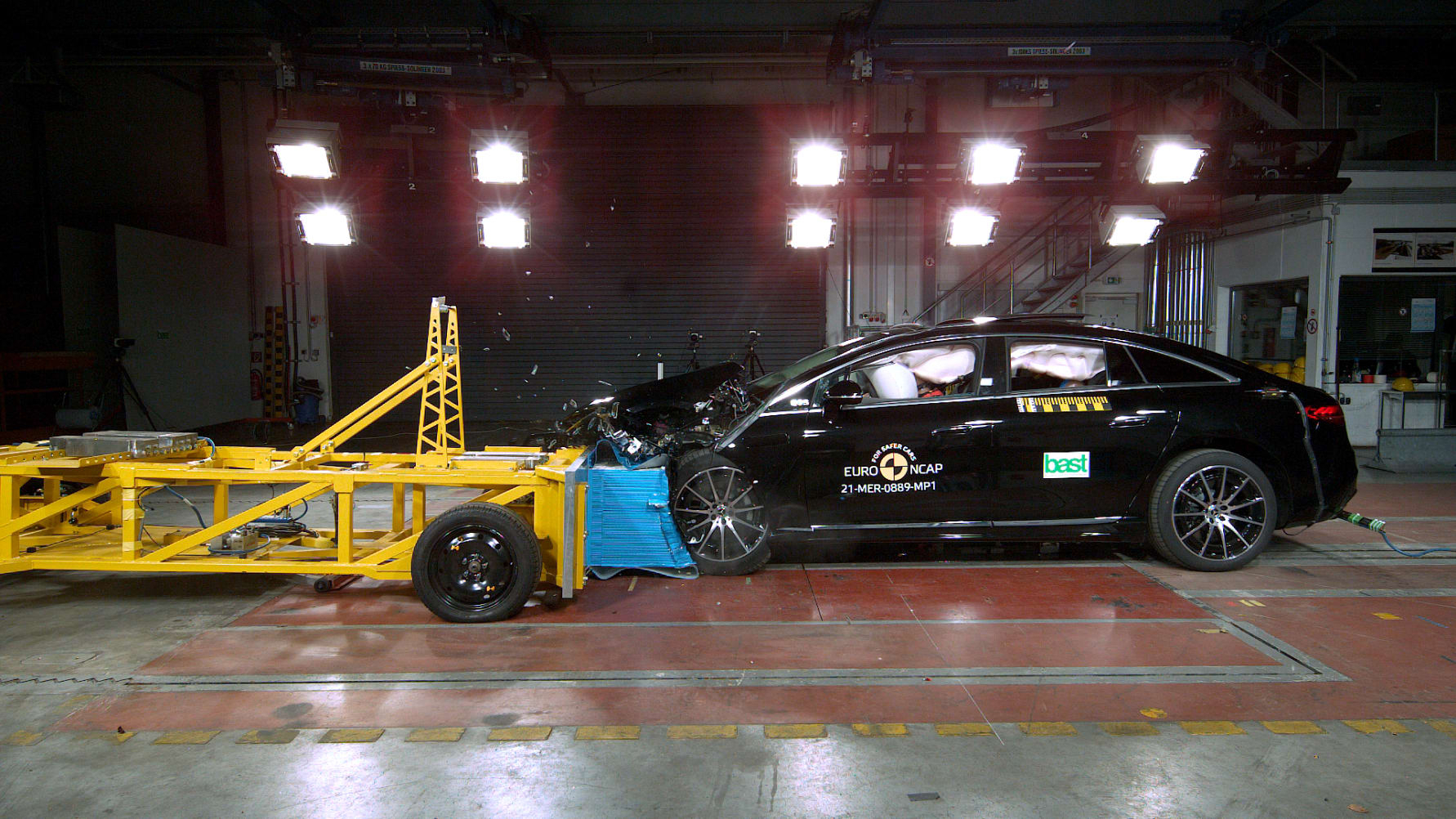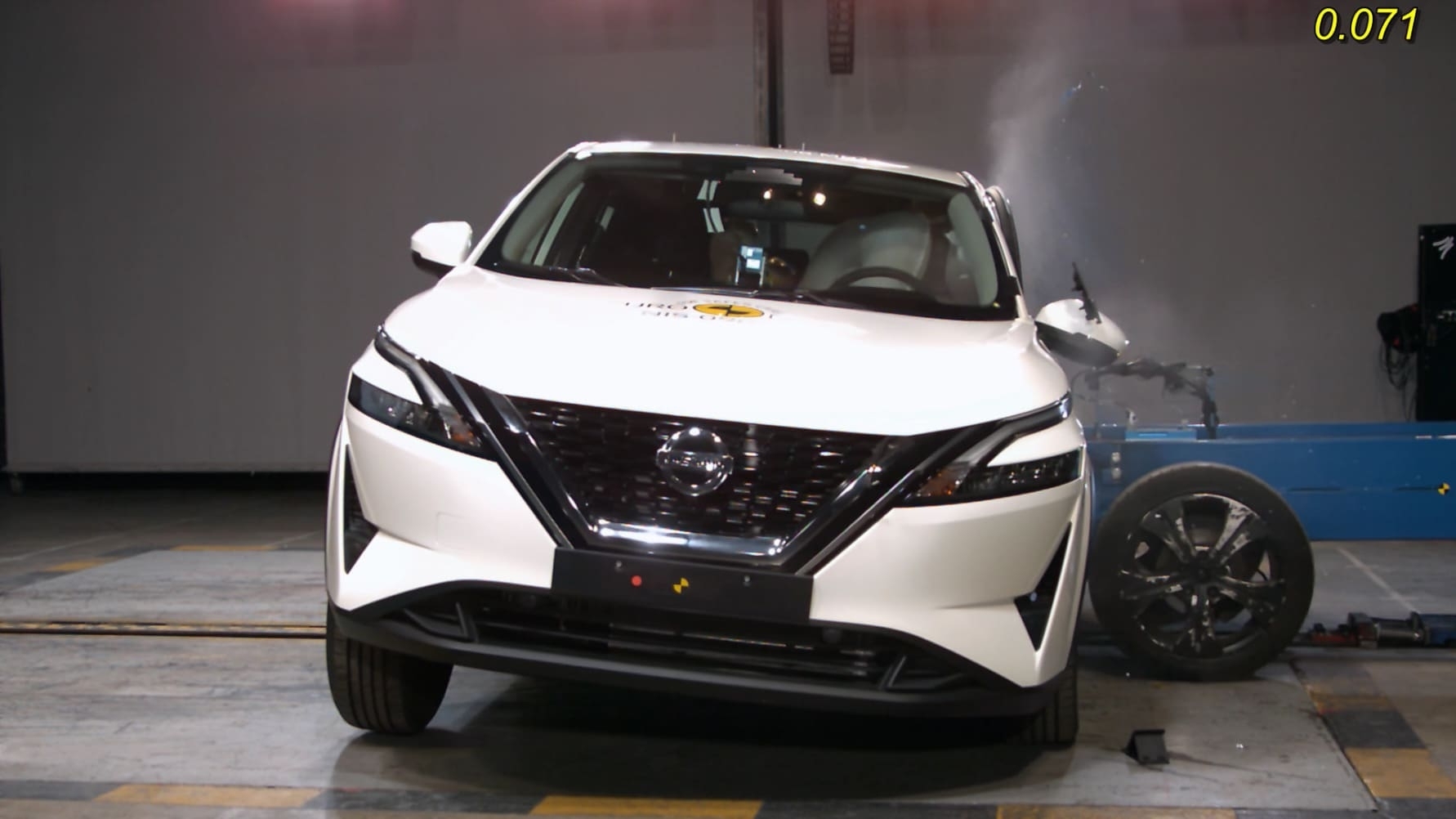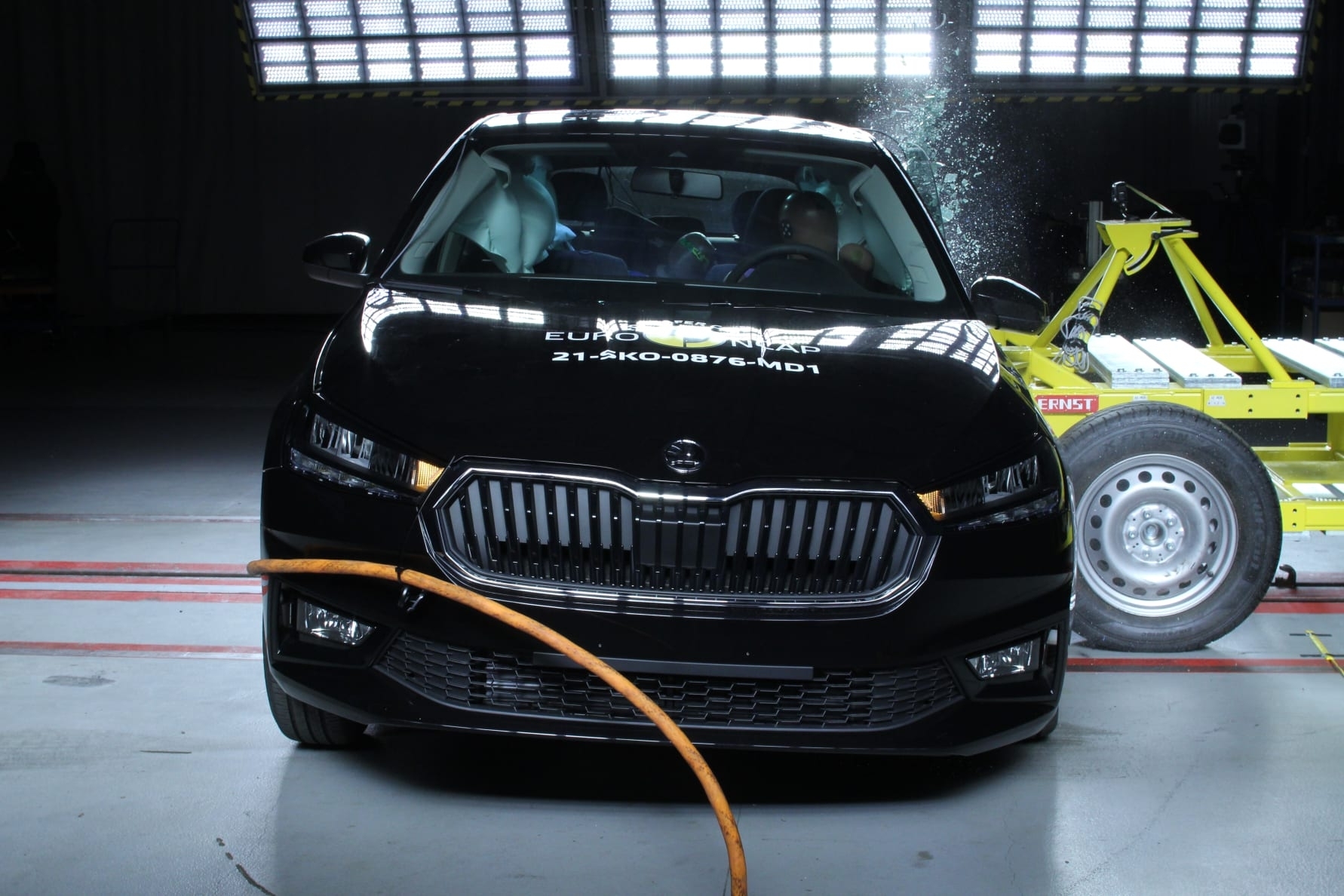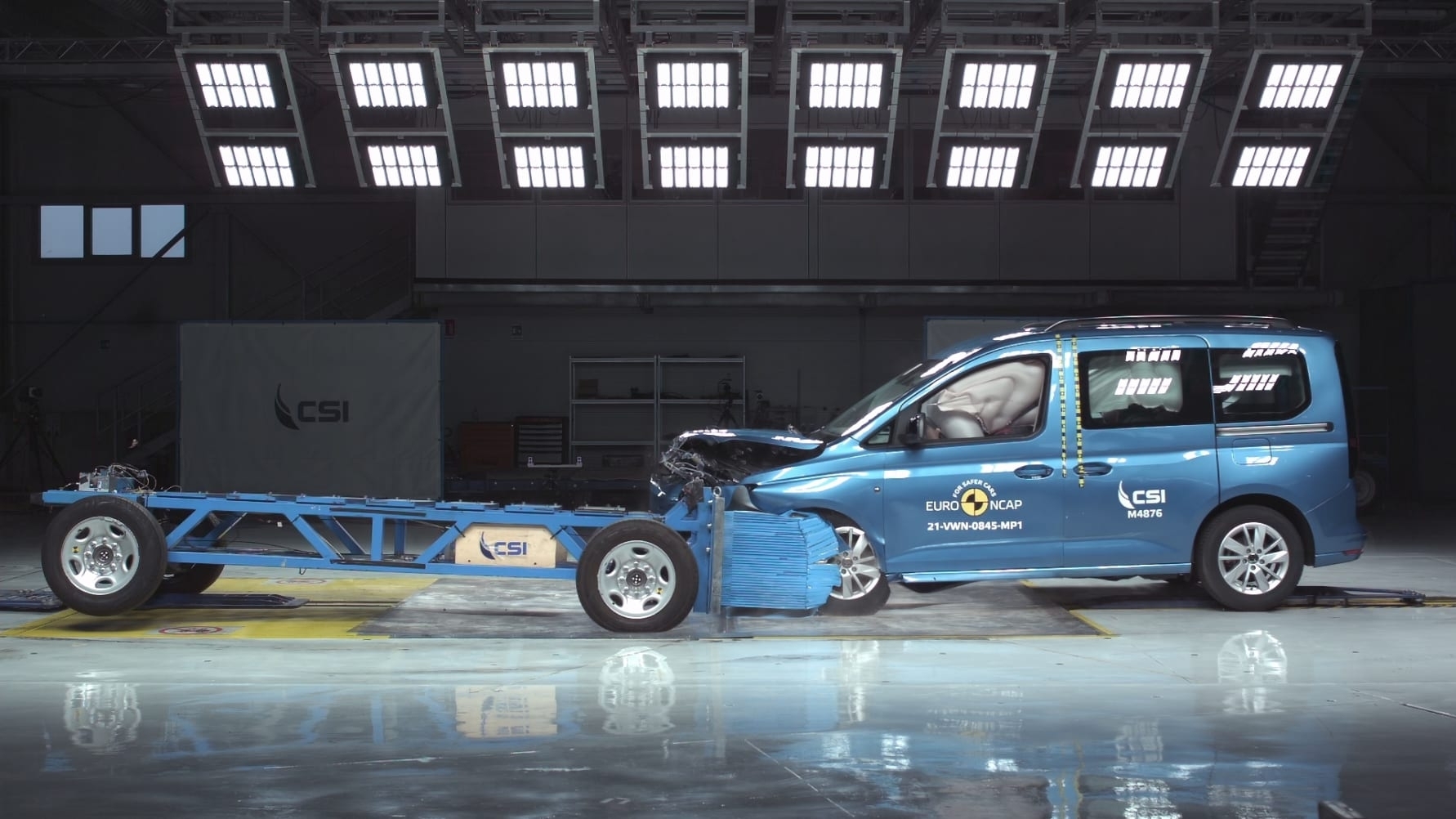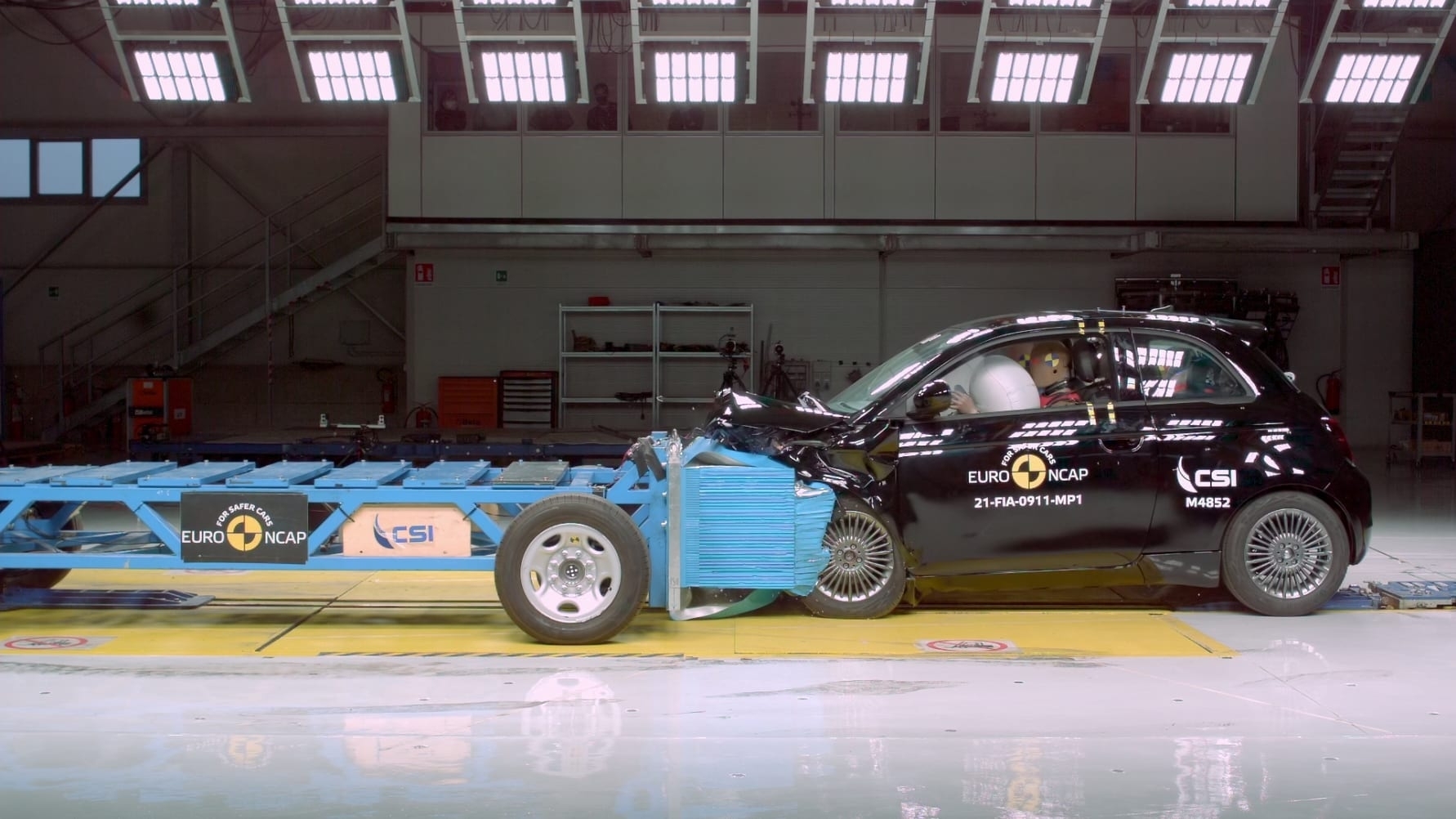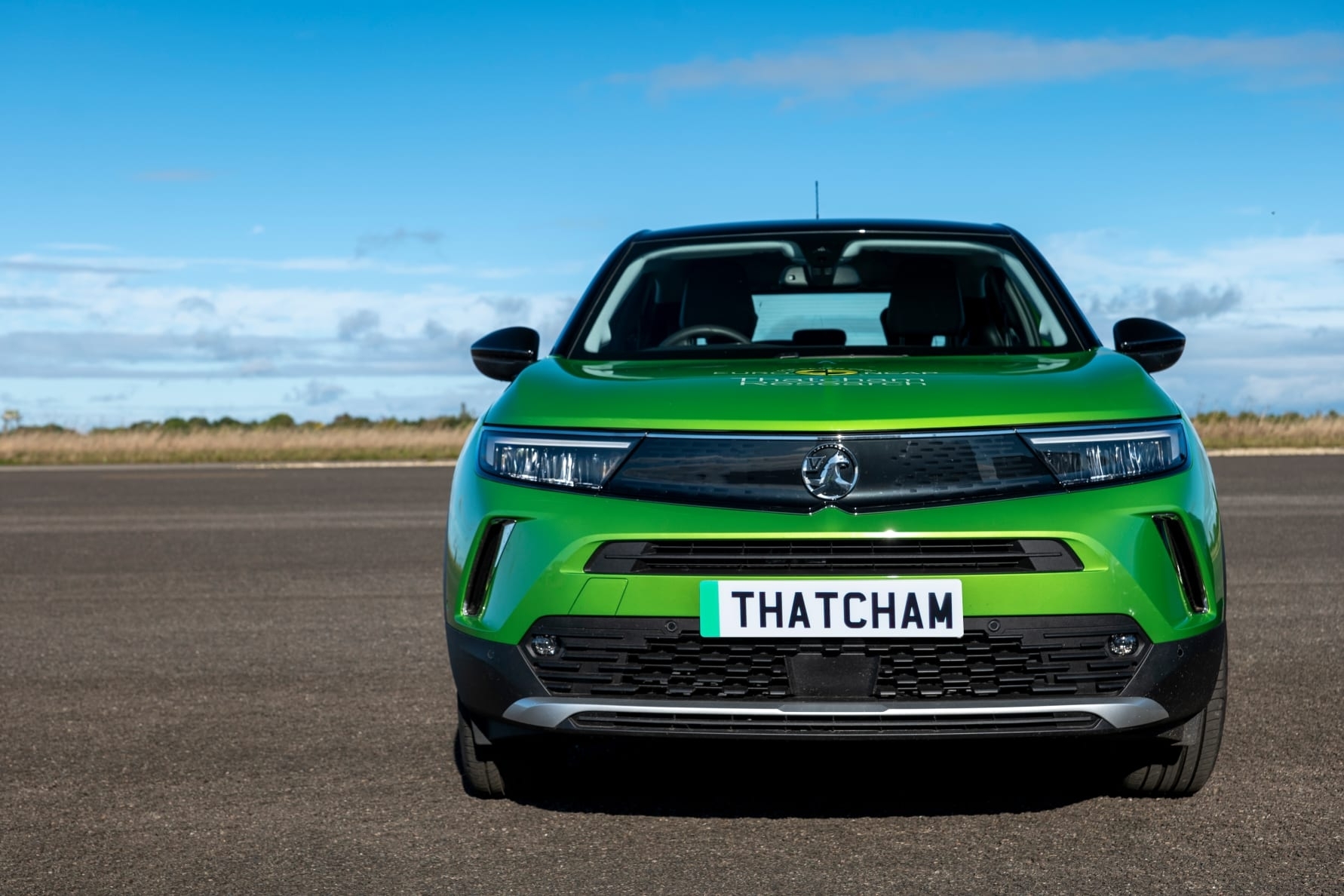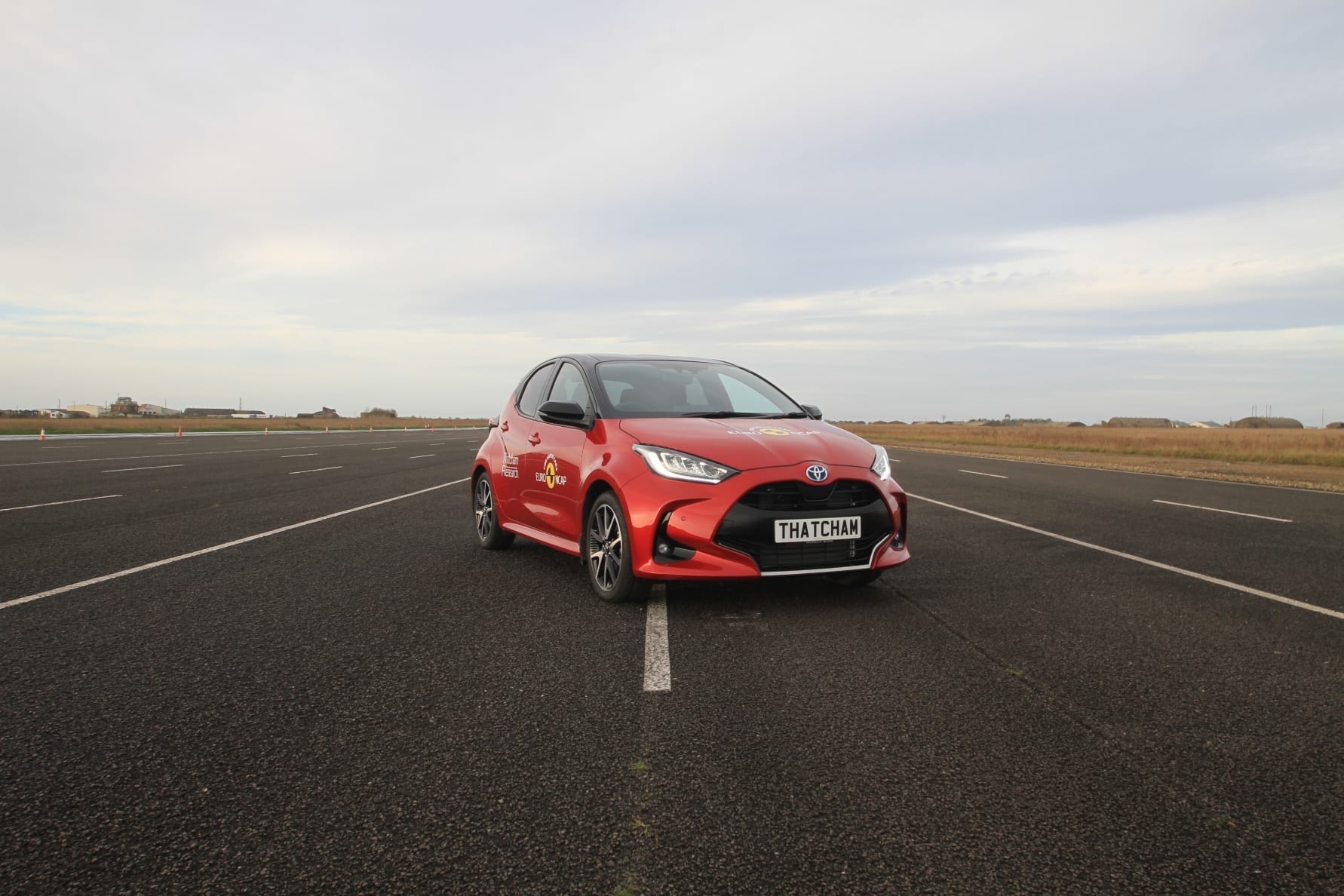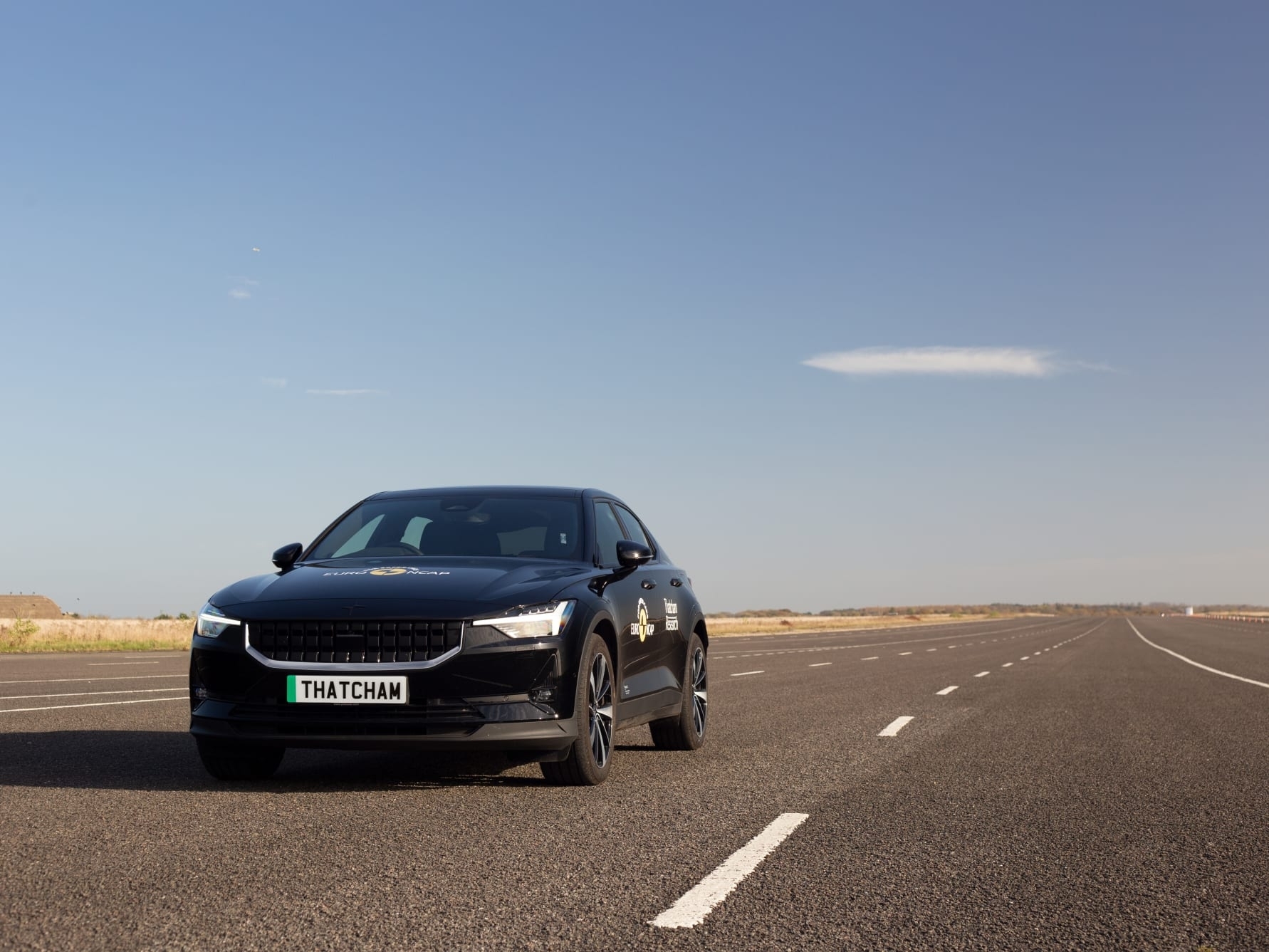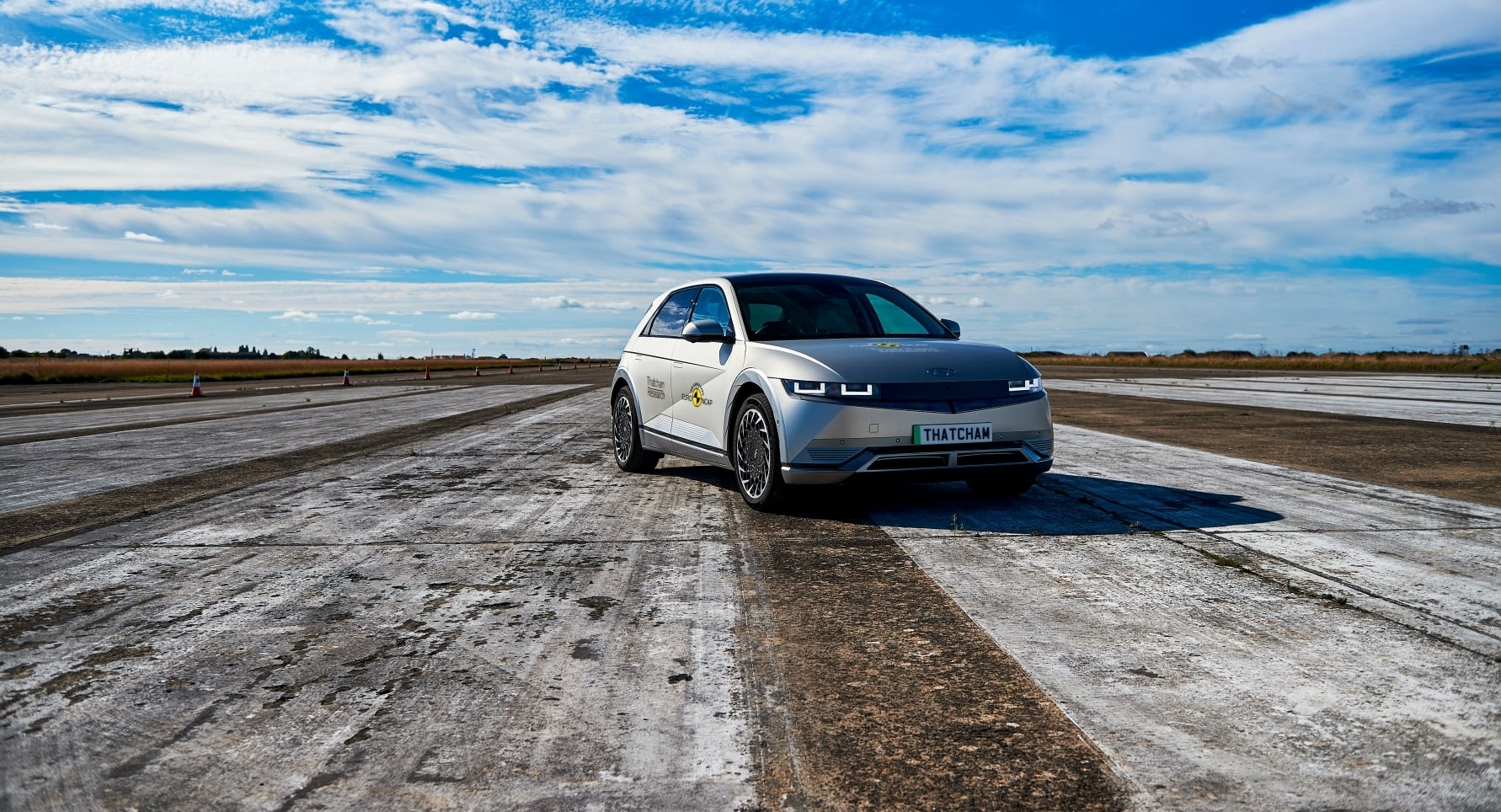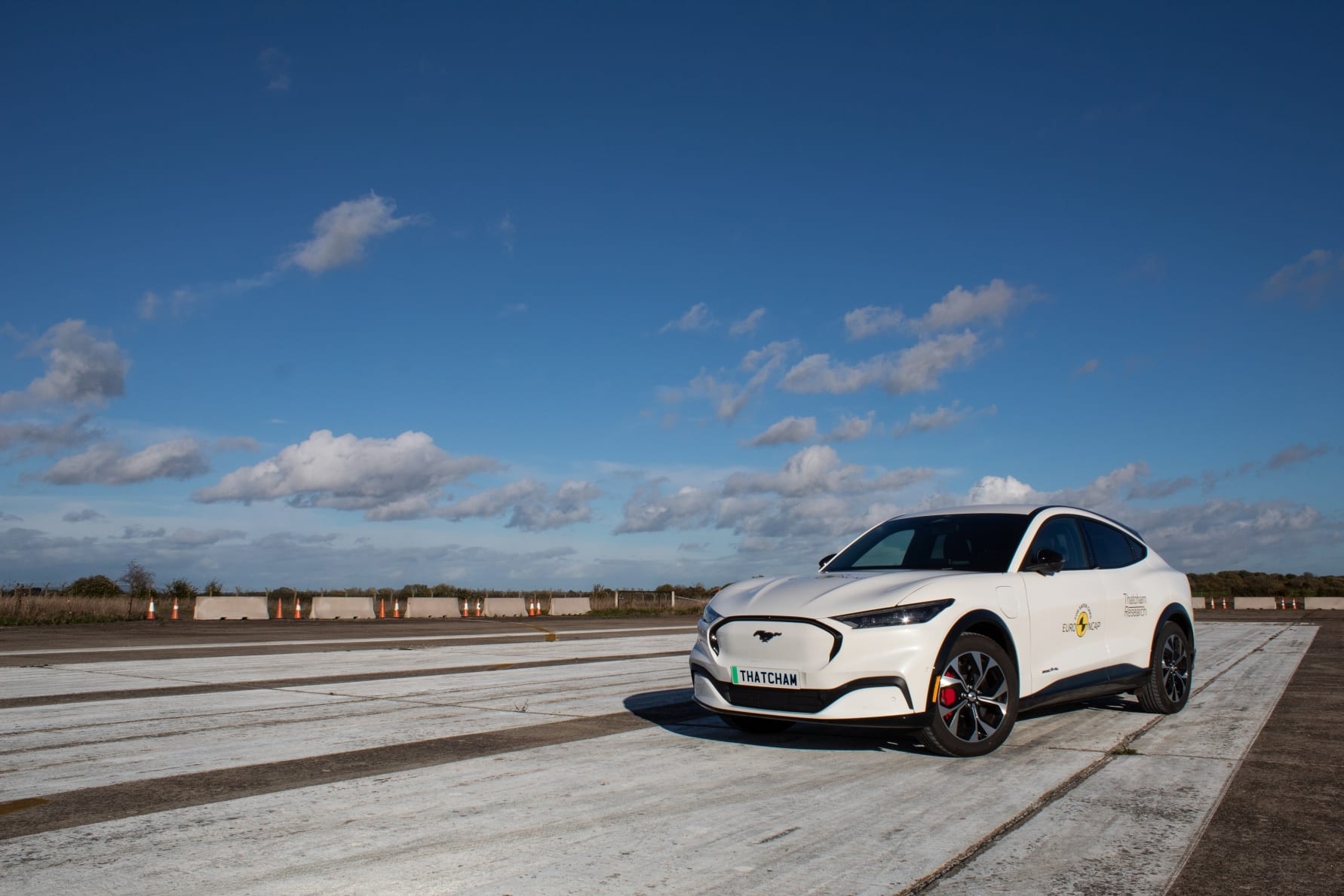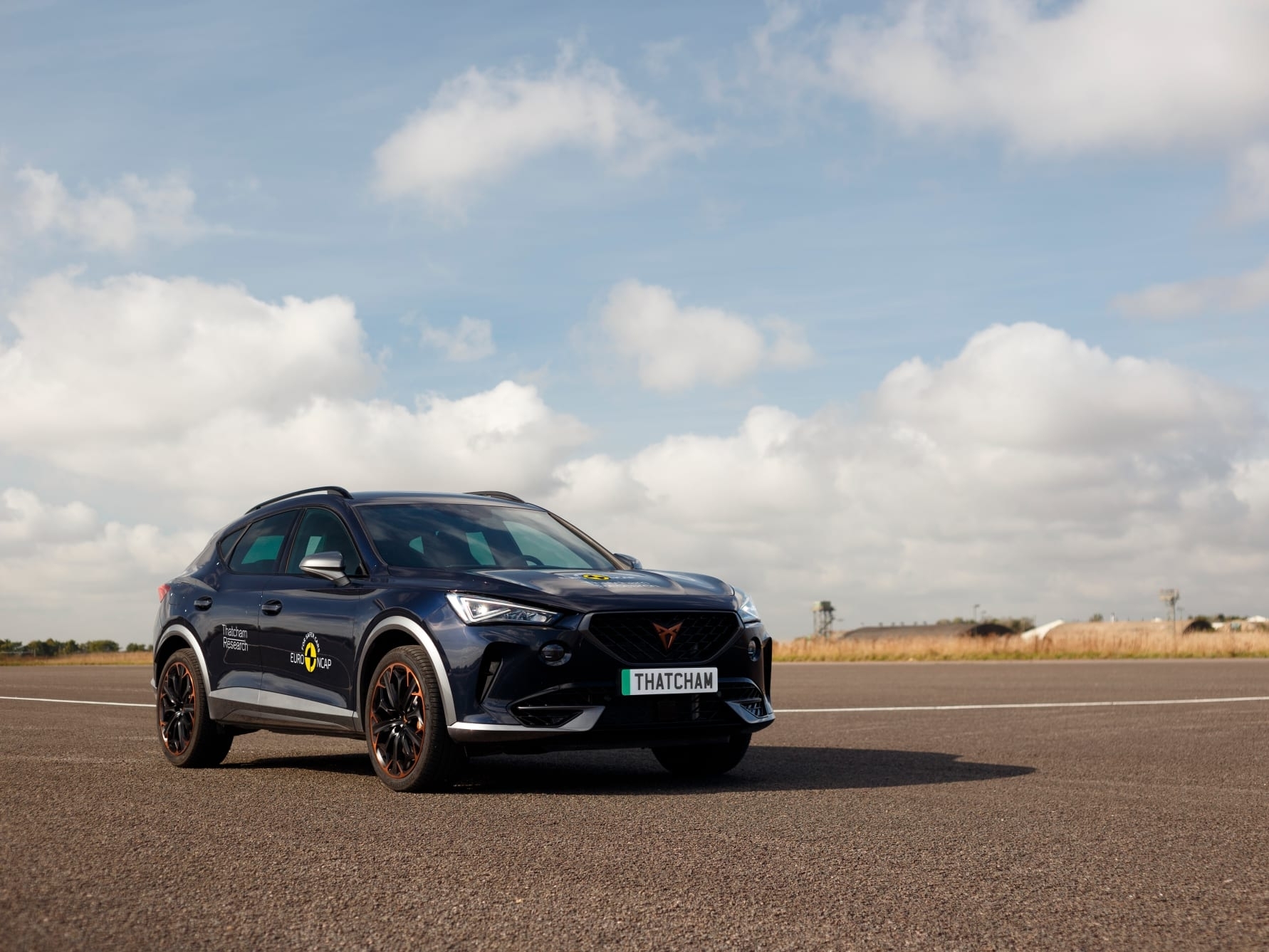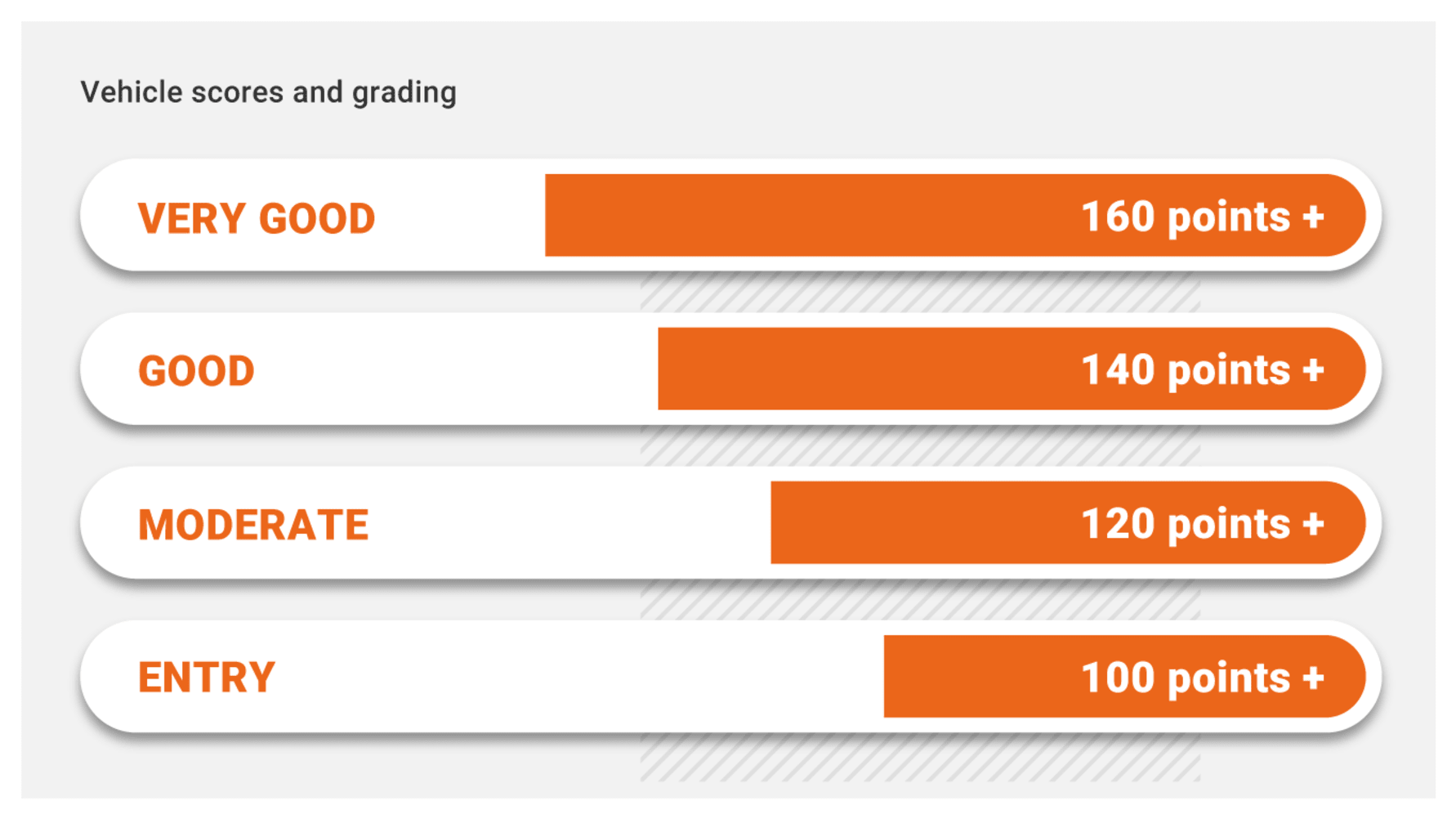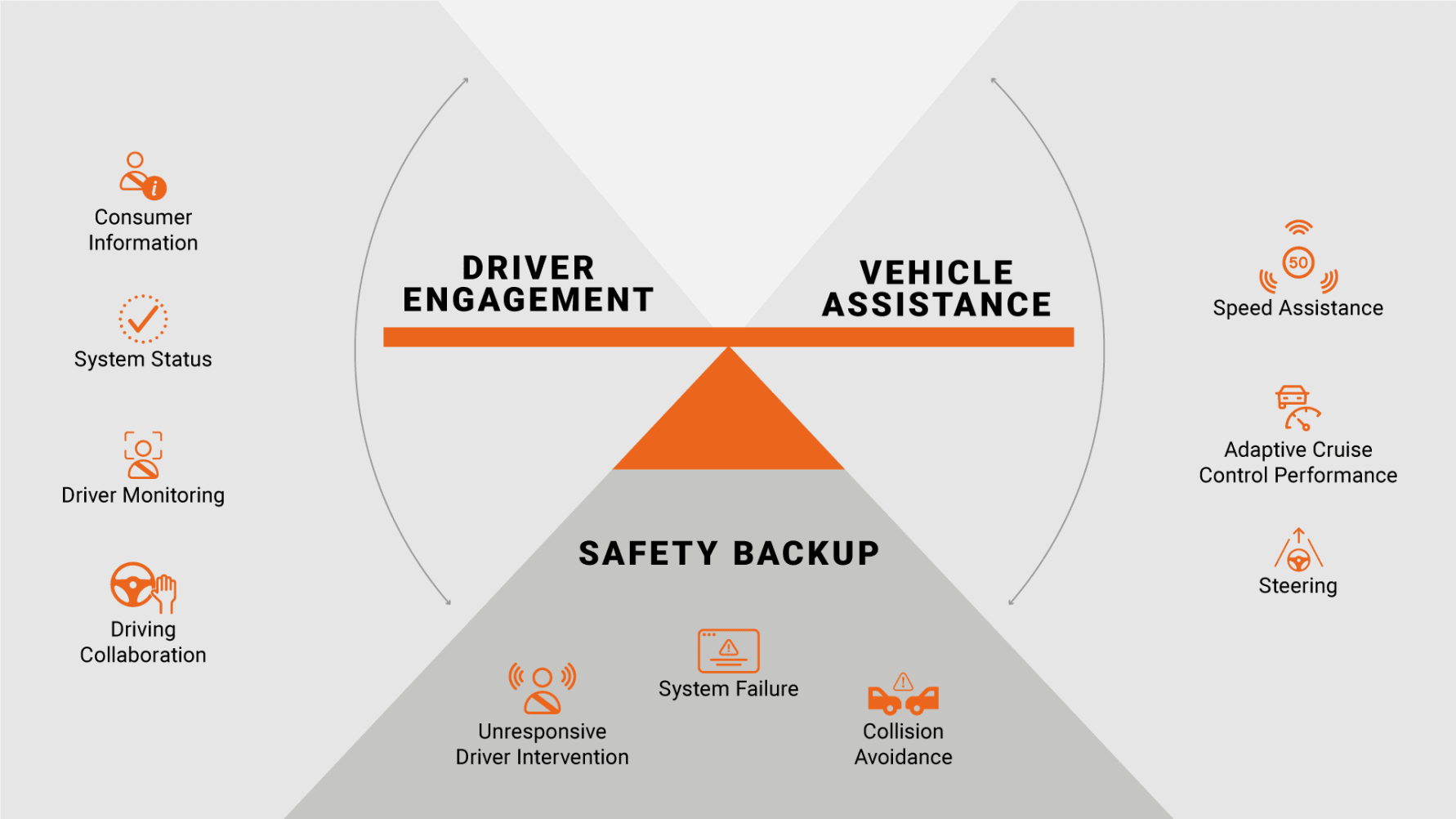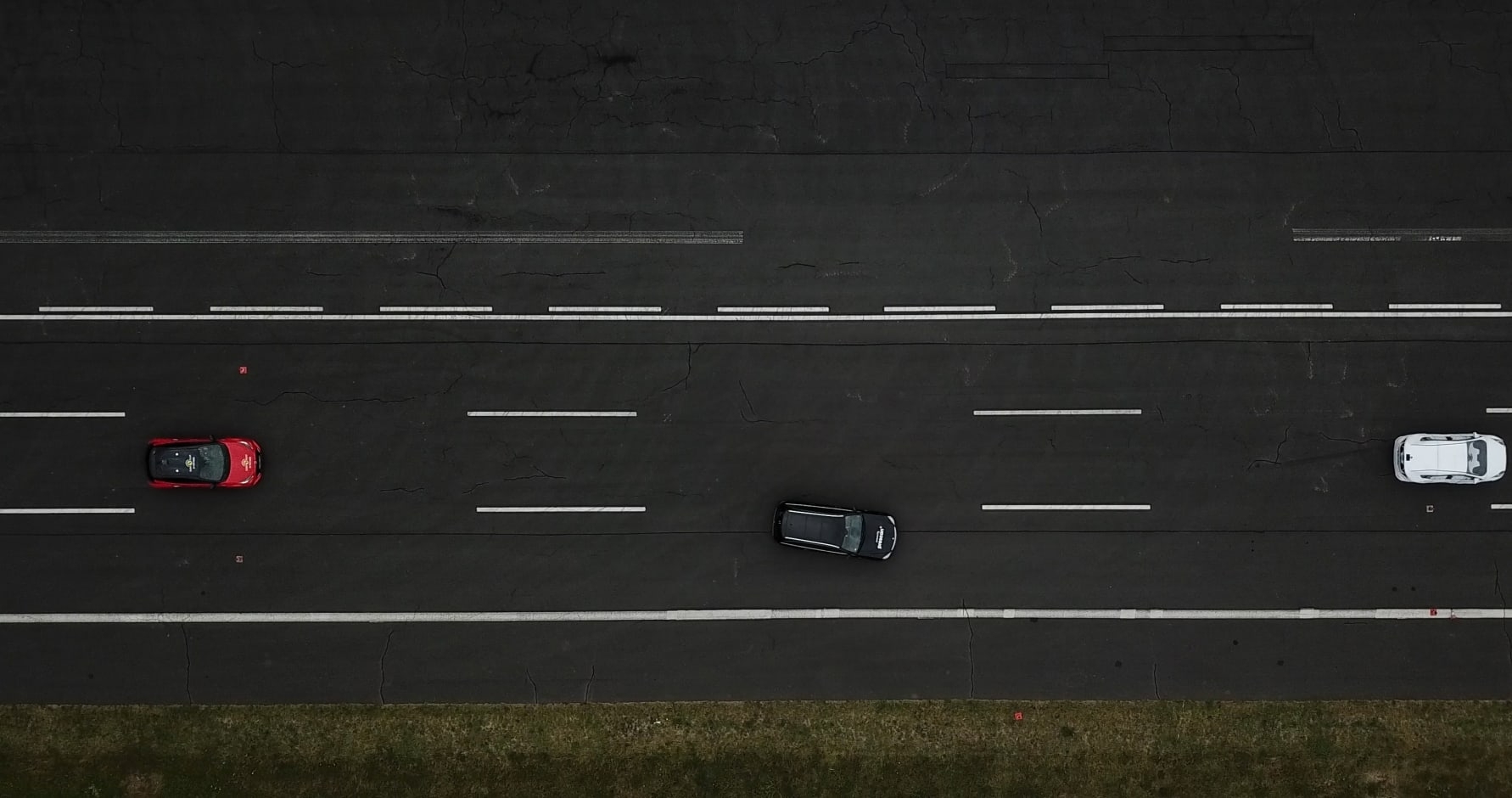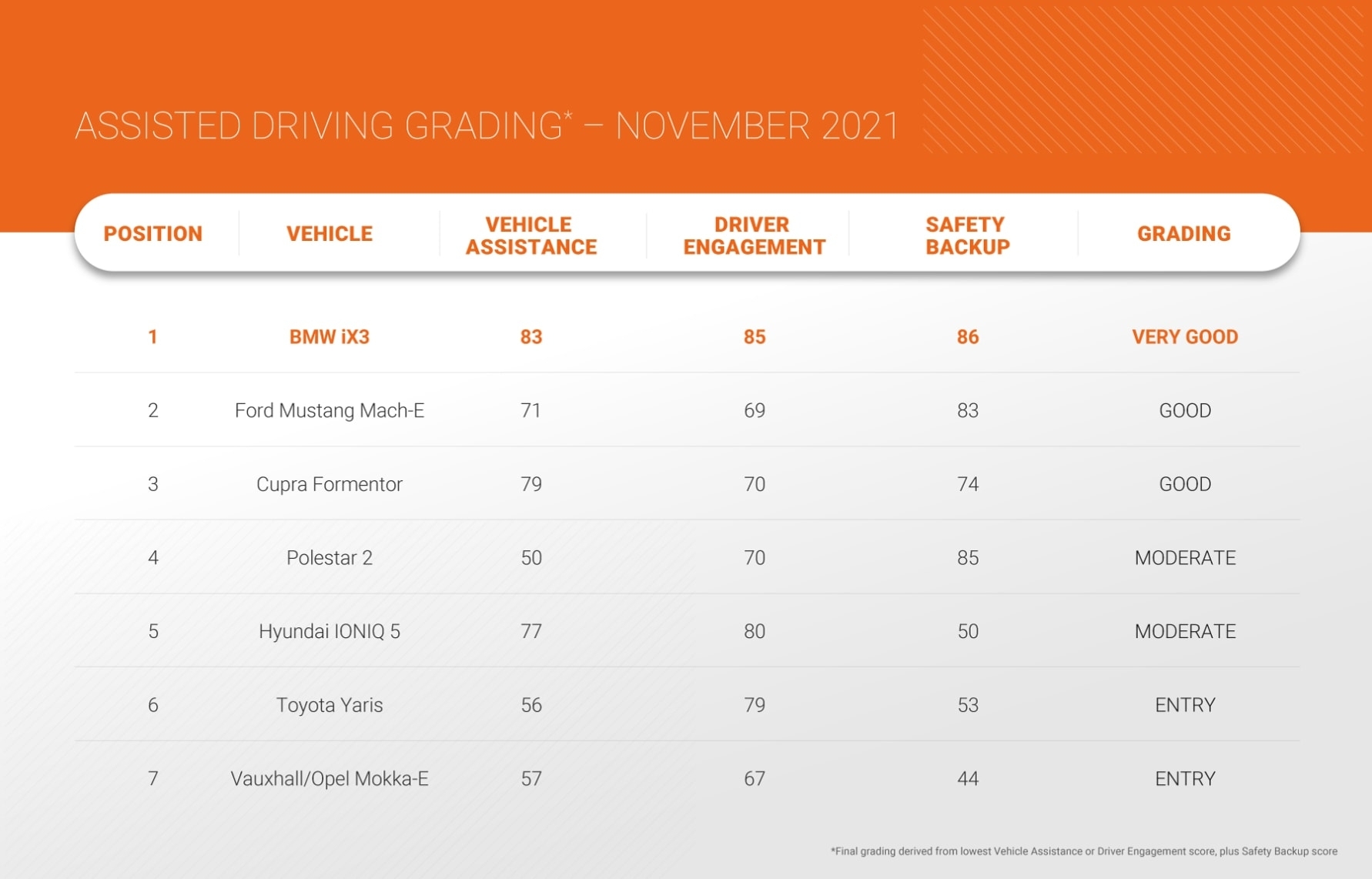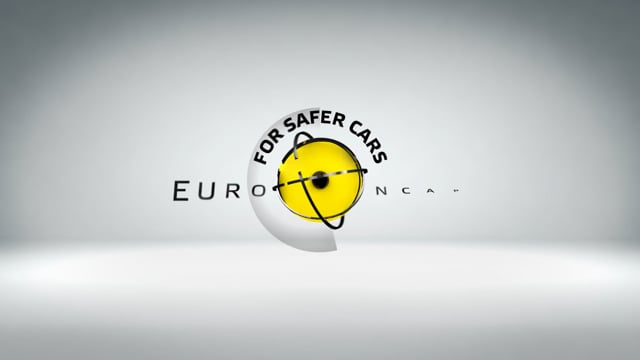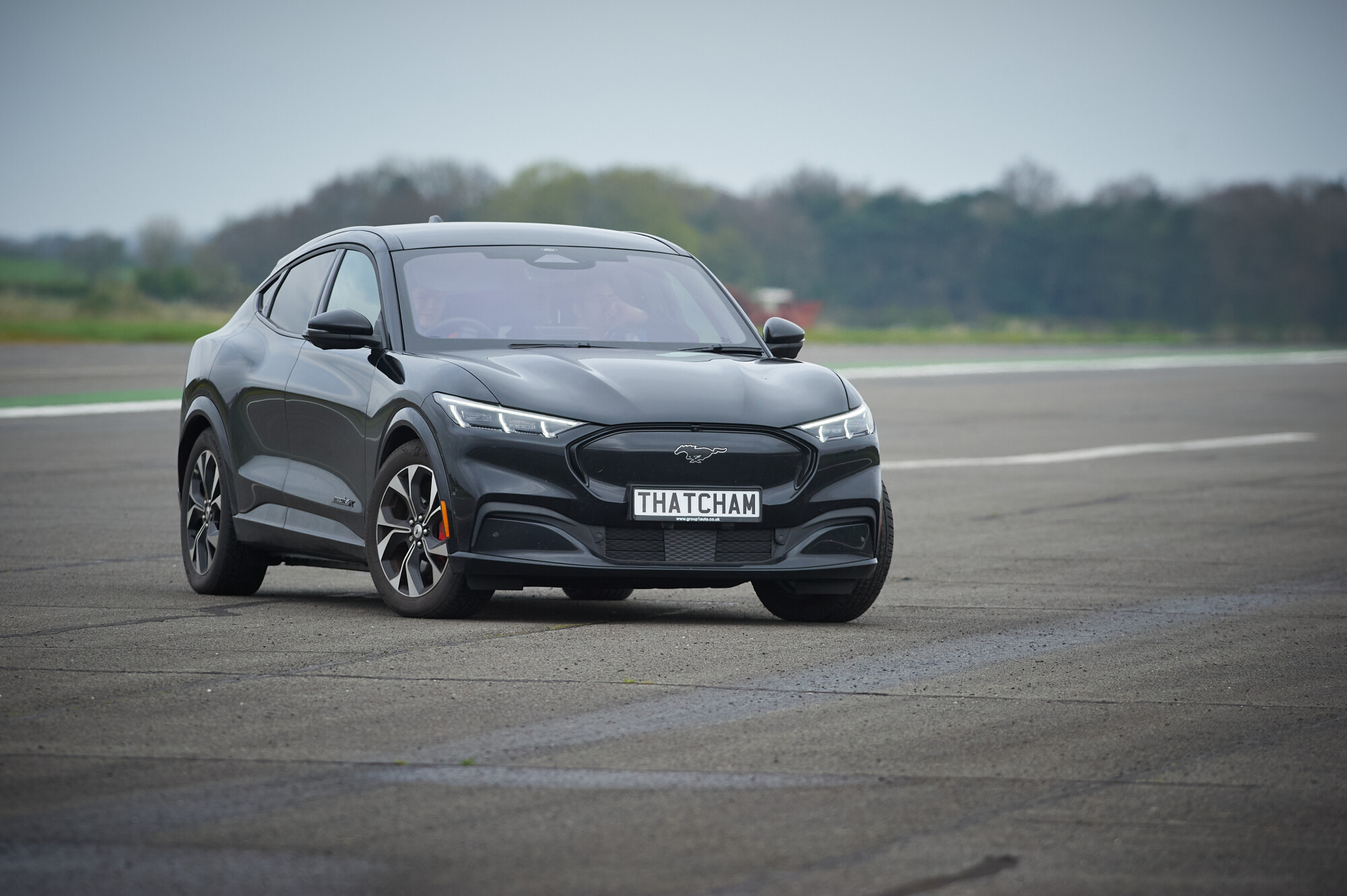Latest assessments show some VMs getting tech implementation and marketing right
- All seven cars tested display competent Assisted Driving system support
- Five of the latest pure EVs also perform well during tests, new breed of cars will all have assisted features
- BMW iX3 top performer across all three rating criteria
- All systems judged to be accurately described and capability not over-sold
- 50% Vehicle Assistance score for Polestar 2 will be improved via over-the-air updates
Thatcham Research and Euro NCAP are encouraged by the results of their latest Assisted Driving Gradings, which show all seven of the mainstream vehicle manufacturers whose cars were tested, are committed to fitting robust Assisted Driving technology at every price point.
The BMW ix3 stood out from the crowd, thanks in part to a new sensor set resulting in a high-performing, balanced Assisted Driving experience. It’s appropriately named ‘Driving Assistant Professional’ system and the measures BMW has put in place to educate and engage drivers ensured it was the only vehicle tested to achieve a ‘very good’ rating.
The world-first Assisted Driving Grading assessments were introduced in October 2020 and are designed to support the sensible marketing and safe adoption of Assisted Driving technology.
Seven new cars were assessed during the latest tests. Five of them were pure Electric Vehicles (EVs), reflecting the increasing popularity of this type of vehicle within the new car market.
Each car was evaluated and rated for the level of assistance, level of driver engagement and effectiveness of the safety back-up offered by their Assisted Driving systems. The best systems strike a good balance between the amount of assistance provided and how much they do to ensure drivers are engaged and aware of their responsibilities behind the wheel.
Matthew Avery, Thatcham Research’s Chief Research Strategy Officer, said: “Assisted Driving technology can be a great comfort feature, especially when supporting drivers on long motorway journeys. But it must strike the right balance between offering a meaningful level of assistance and ensuring that motorists don’t sit back and let the system do the driving. We’ve seen the dangerous outcomes on roads around the world when drivers become convinced that their role is secondary.”
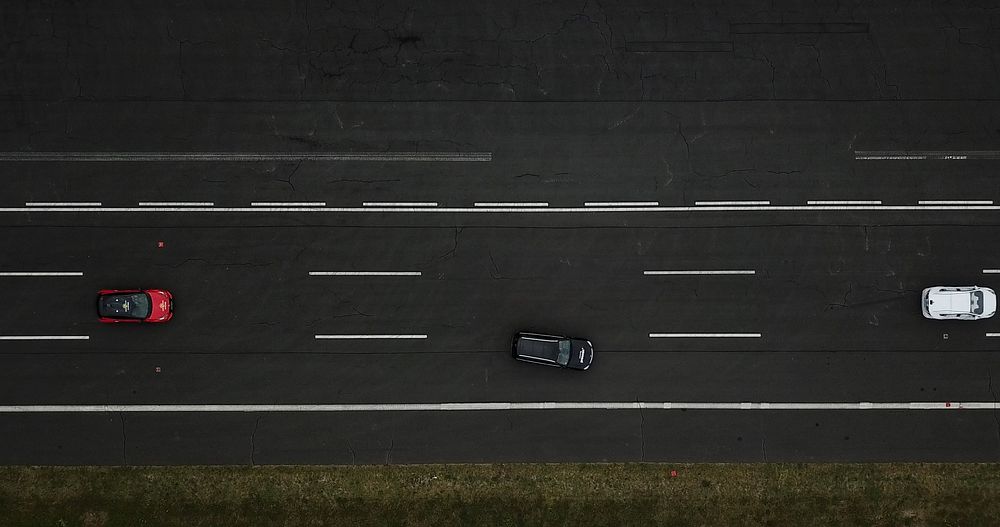
Last year’s Assisted Driving Grading results prompted Thatcham Research to raise concerns that some carmakers were overselling the supposed self-driving capability of their technology. The naming, marketing and performance of Tesla’s ‘Autopilot’ system was highlighted as a concern.
Reassuringly, the capability of all the cars in this year’s assessments is being described correctly and consumers are not being led to believe they are driving a car equipped with Automated functionality.
Avery said: “All seven cars we’ve just tested are clearly marketed as having ‘driver assistance’ functions, not ‘automated’. These systems are engineered to involve and support the driver in a very cooperative manner. They’re certainly not trying to offer automation, where the driving task can be relinquished to the vehicle, and we strongly believe that’s the right thing to do.”
The 'very good' BMW iX3 emerged as top performer, while the Ford Mustang Mach-E and Cupra Formentor both secured a ‘good’ grading.
The Polestar 2 and Hyundai Ioniq 5 earned a ‘moderate’ grading, while the less expensive Toyota Yaris and Vauxhall Mokka-e were both handed an ‘entry’ grading for the solid core performance of their Assisted Driving technology.
2021 Assisted Driving Grading results
|
Car |
Driver Engagement |
Vehicle Assistance |
Safety Back-up |
Rating |
|
BMW iX3 |
85% |
83% |
86% |
Very good |
|
Ford Mustang Mach-E |
69% |
71% |
83% |
Good |
|
Cupra Formentor |
70% |
79% |
74% |
Good |
|
Polestar 2 |
70% |
50% |
85% |
Moderate |
|
Hyundai Ioniq 5 |
80% |
77% |
50% |
Moderate |
|
Toyota Yaris |
79% |
56% |
53% |
Entry |
|
Vauxhall/Opel Mokka-E |
67% |
57% |
44% |
Entry |
*Final rating derived from lowest Vehicle Assistance or Driver Engagement score, plus Safety Back-up score
“These encouraging results reveal solid system performance across a good spread of new vehicles, and the fact that five of the seven cars are full EVs is also positive. It shows the newest cars in this growing sector are being equipped with Assisted Driving technology that delivers comfort and safety benefits to drivers,” Avery explained.
The road to automation
Today’s Assisted Driving technologies give support to the driver. And although they are providing the foundations for tomorrow’s Automated Driving technologies, they cannot be classified as ‘Automated’ yet.
At the heart of an effective Assisted Driving system should always be a good balance between Driver Engagement, Vehicle Assistance and Safety Back-up[i].
Although Thatcham Research views the results of its latest Assisted Driving Grading assessments as a positive step along the road to Automation, the ‘moderate’ rating achieved by the Polestar 2 shows that this technology is still nascent.
The Polestar 2 achieved an impressive 85% for Safety Back-up and a solid 70% for Driver Engagement, but it was the lowest scorer – at 50% – of all the cars tested for Vehicle Assistance. It’s speed assistance function in particular was highlighted as an area that needs improvement by test engineers.
“The Polestar 2 is really impressive in an emergency, almost equal to the BMW in terms of its Safety Back-up score. But its assistance score holds it back overall,” Avery pointed out. “Finding that sweet spot in terms of system balance is a challenge that carmakers continue to face.”
As of 24.11.21, Polestar has confirmed that it will perform an over-the-air (OTA) update of the car’s software soon and the upgraded vehicle will be re-assessed.
Matthew Avery’s car-by-car analysis:
BMW iX3
“Our top performing vehicle is the BMW iX3 which is a premium, battery electric SUV. It's the only vehicle to get our 'very good' grading. It responded well in our collision avoidance scenarios and at 85%, it has one of the highest scores for Driver Engagement, in part because the iX3 features good in-vehicle video to show the driver how to use the system.”
Ford Mustang Mach-E
“Ford's battery electric Mustang Mach-E achieved a 'good' grading. It's got a very good Safety Backup system which scored 83%, and it has generally well-balanced Assisted Driving functionality. However, we do think the name of 'Co-Pilot 360' is a little ambiguous and doesn't adequately describe the fact it's an Assisted Driving system that always requires the driver to be in control.”
Cupra Formentor
“The Cupra Formentor is a petrol-powered vehicle with a plug-in option and receives a 'good' grading. The ‘Travel Assist’ name accurately portrays the role of the system, which has well-balanced Driver Engagement, Vehicle Assistance and Safety Backup features. A good option in the market.”
Polestar 2
“The Polestar 2 is another full battery electric vehicle and it gets a 'moderate' grading. It has an incredibly good score of 85% for its Safety Backup, something you'd expect from a Volvo-derived vehicle. But it's let down by its Vehicle Assistance score which is just 50%, because the system cannot adapt its speed for curves and junctions. This vehicle is capable of over-the-air updates, and Polestar has already confirmed that it will improve that functionality for all its drivers soon.”
Hyundai Ioniq 5
“The Hyundai Ioniq 5 is a brand-new, fully electric car and it achieves a 'moderate' score. It has good Vehicle Assistance and good Driver Engagement. But it's let down by its Safety Backup score of 50%. This means the car is less capable at supporting the driver in an emergency.”
Toyota Yaris
“Toyota's Yaris gets an 'entry' rating, but it's impressive to see Assisted Driving functionality on a low-cost super mini like this. However, it's let down by its comparatively poor performing Vehicle Assistance and Safety Backup functions.”
Vauxhall Mokka-e
“The Mokka-e is the fifth battery electric vehicle in this year's assessments, but it's also a low cost one. It receives an 'entry' grading because its Speed Assistance system only uses a camera. This means the information the driver is receiving from the system may not always be reliable.”
Although its current assessments focus on testing today’s Assisted Driving technology, Thatcham Research and UK government organisation Zenzic are already working in partnership on a safety rating scheme for Automated Driving Systems. The intention is that this will become the benchmark for a global independent rating scheme for Automated Driving Systems, with a view to driving best practice and reassuring consumers that - when the technology is mature enough - it’s safe to hand over control.
ENDS
[i]Cars are tested across three performance criteria:
The level of Vehicle Assistance they provide
How effective are the speed assistance, steering assistance and adaptive cruise control systems which work together to control the vehicle’s speed and steering?
The level of Driver Engagement they offer
How accurate is the carmaker’s marketing material? How effectively does the car monitor the driver to ensure they are engaged with the driving process? How easy is it for the driver to interact with the assisted system? How clearly does the car communicate is assisted status?
The effectiveness of their Safety Back-up systems
How well does the car protect the driver in an emergency – this could be a system failure, when the driver becomes unresponsive, or if the car is about to collide with another vehicle?

